If you've got NVIDIA Ultra Low Latency mode enabled, in a game that supports it like Valorant, then you're looking at some ridiculously lowDiscussion in ' Videocards NVIDIA GeForce ' started by aboodpluto, With gsync on NVCP vsync on ingame vsync off, LLM is best left at On because if its on Ultra it will override in game limiter and we don't want that unless game limiter is set lower than This will fix the Valorant ingame crash issue The CPU could be the reason why Valorant is crashing Not much you can do about it but, these tweaks might help Open Nvidia Control Panel > Manage 3D Settings > Program Settings > select Valorant Set "Ultra" for Low Latency mode and select "off" for Tripple Buffering and hit apply
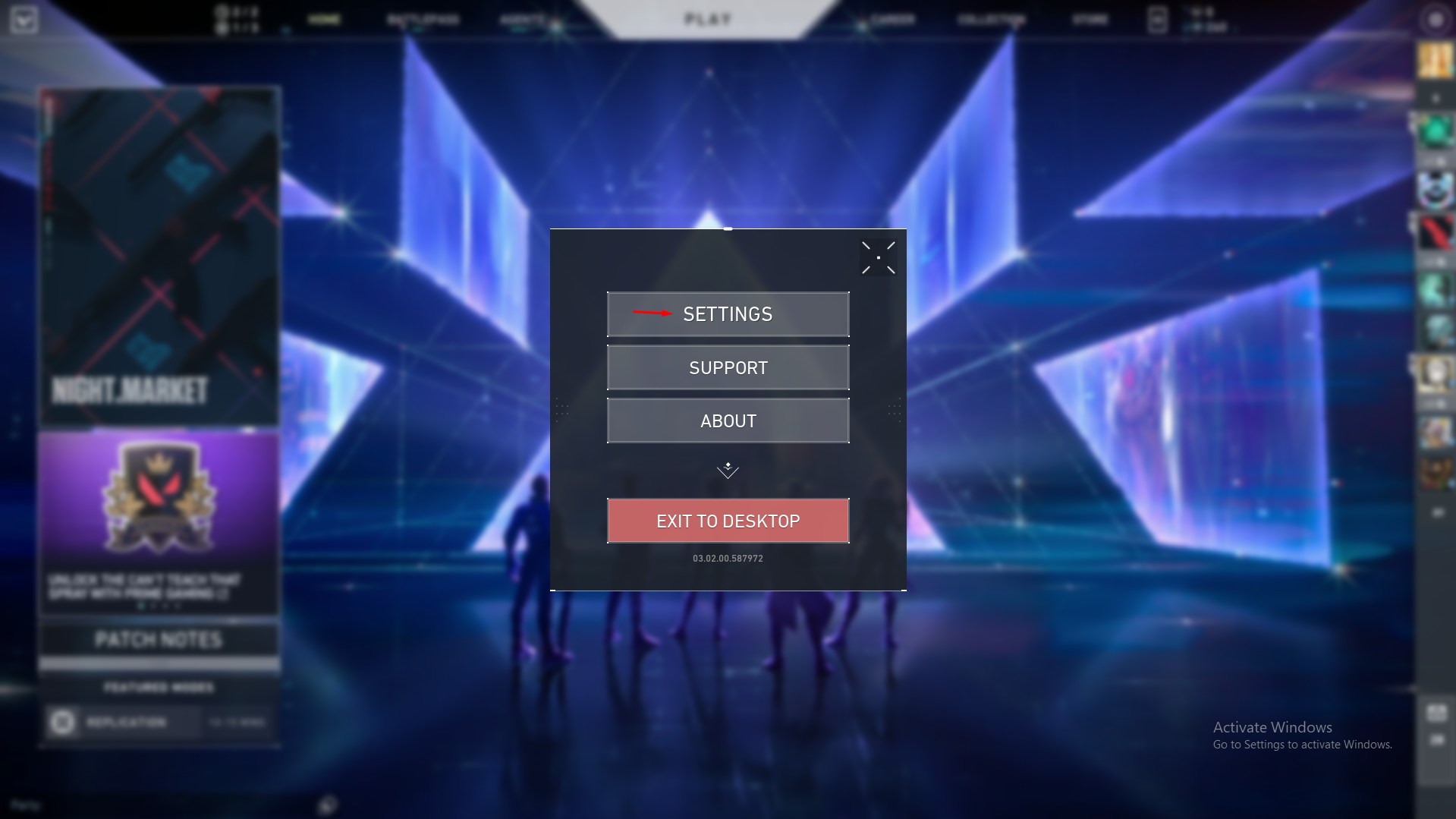
How To Increase Fps In Valorant 21
Low latency mode ultra valorant
Low latency mode ultra valorant- To enable UltraLow Latency Mode for all games on your system, select " Global Settings " To enable it for one or more specific games, select " Program Settings " and choose the game or games you want to enable it for Locate " Low Latency Mode " in the list of settings on the right side of the NVIDIA Control Panel With "UltraLow Latency" mode, frames are submitted into the render queue just before the GPU needs them This is "just in time frame scheduling," as NVIDIA calls it NVIDIA says it will "further reduce latency by up to 33%" over just using the Maximum PreRendered Frames option NVIDIA This works with all GPUs




Nvidia Reflex Will Soon Lower Latency In Rust And Ghostrunner For Geforce Gamers
Check our growing list of supported games to see if you can take advantage of NVIDIA Reflex Turn on Ultra Low Latency Mode If NVIDIA Reflex is not available, your next best option is to turn on the Ultra Low Latency mode in the NVIDIA graphics driver This setting also reducesWill this decrease the input lag or, on the contrary, increase it? Anyways I had some follow up questions to non sync methods for the following two games, Valorant and Warzone In Valorant my CPU usage at low settings was 30% and GPU was almost the same also at 30%, so because I was not CPU bound, the % lows and frametimes were not effected by setting LLM to Ultra
Recently, Nvidia has released a big driver update that has ultra low latency mode that includes integrating scaling and freestyle sharpening filter Nvidia has also claimed that with these new features, you can increase the frame rates of games like, Apex Legends, Battlefield V, Forza Horizon 4, Strange Brigade, and World War Z to 23%, Which isIt is possible you have old gpu and your drivers don'tMax Framrate To Max settings for me its 165 OpenGL Rendering GPU Your Graphics Card Power Management Mode Maximum Performance Texture Filtering Quality High Performance Vertical Sync On (Keep this off ingame but keep it on in NVIDIA settings) Best AMD Settings for Battlefield 42 Select esports as your
Better LowLag "VSYNC ON" for GSYNC and FreeSync Monitors For fixedHz or strobed operation, there's a new RTSS feature called RTSS Scanline Sync as an alternative lowlatency VSYNC method A variable refresh rate (VRR) monitor is a much easier lowlag way to get perfect "VSYNC ON" motion To get lower input latency in "Low Latency Mode = Ultra" we need to limit ingame FPS below 138 (in the case of a 144 Hz monitor) But If there is no ingame limiter Does it make sense to limit FPS using the nvidia control panel (as we know it increase input lag)?In today's video we will be talking about Nvidia's Low Latency also know as Reflex which was added to Valorant in patch 108 I'm super satisfied about the f
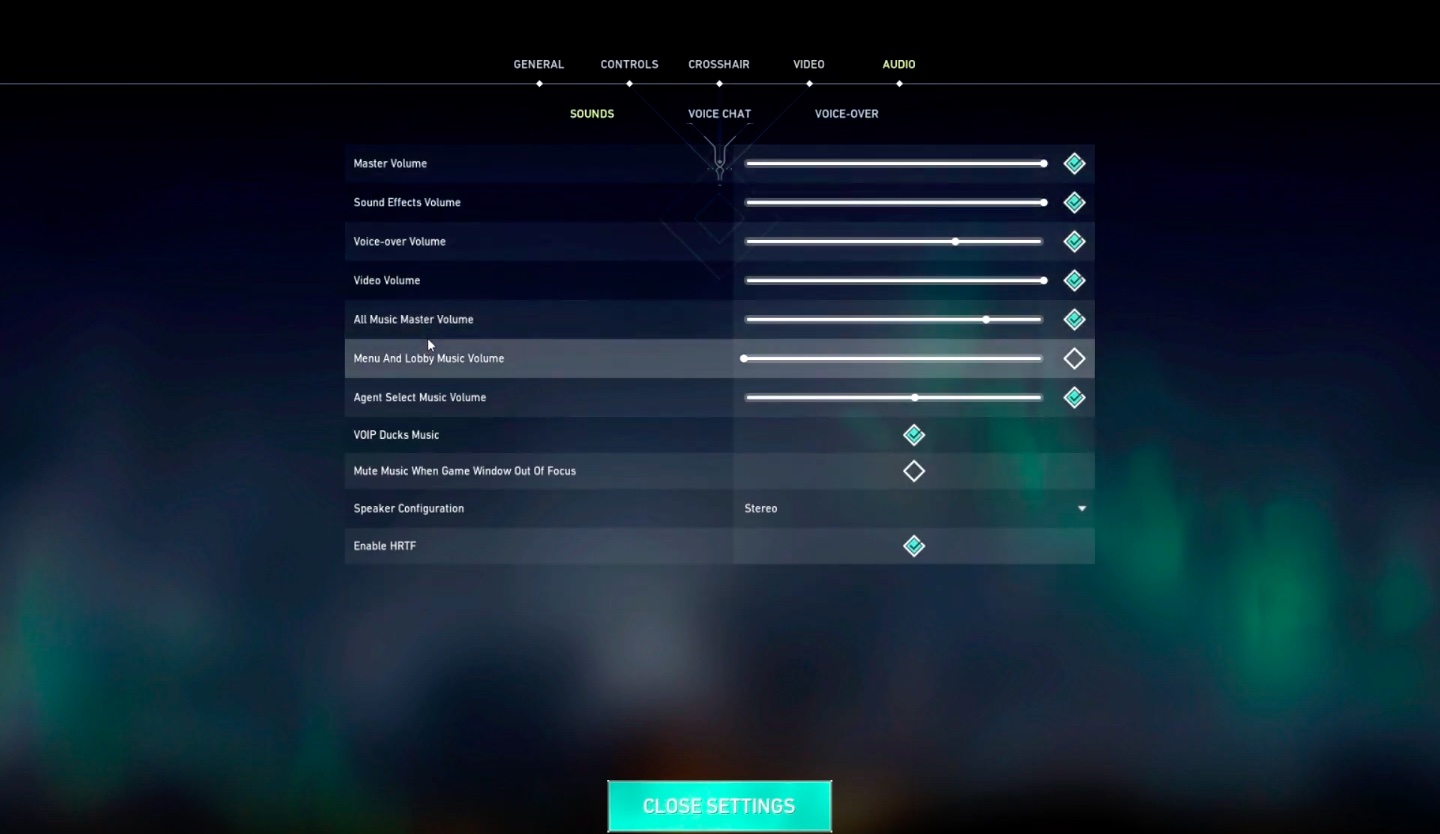



The Best Valorant Settings Best Gaming Settings




The Complete Nvidia Guide To Getting Better Fps In Valorant Win Gg
So my game averages at around 0250 and up to 300FPS, on a 1440p resolution @ 144hz My monitor supports Gsync, but I prefer not to enable it because I have a setting activated on my monitor (G27Q) which reduces ghosting and the two don't work in tandem Low Latency Mode CPU 7700K @ 46GHz (MSI boost mode) GPU 1060 6gb gaming X (OC core 1mhz and memory 400mhz) RAM 16GB @3000mhz I have been doing a lot of tweaking for games and PC lately, but there's still one thing that I can't figure out and it's low latency mode I have always had this settings ON since it's the most recommended one Can someone tell me if my understanding of low latency mode is correct?



Nvidia Reflex R6




How To Enable Ultra Low Latency Mode For Nvidia Graphics
If you have certain Nvidia graphics cards Valorant can take advantage of the cards builtin ultralow latency mode which is a fancy way of saying more frames less input lag please Since the setting is built into Valorant start in the games main menu Battlefield gameplay trailer How to fix lags in Battlefield 42 on low end PC If your game is suffering from Lags and Stuttering, I have a good and easy solutionThe most common thing that causes ingame lag is the lack of proper drivers,Using Ultra Low Latency in Destiny 2 @ 1 FPS with a 1080 Ti 8700k @ 50 GHz I can definitely feel a difference without any issues, stuttering etc Looking at avg CPU usage, it's around 25%, so it may be that this is an outlier and that a more CPU bound title may have some issues with this feature but for Destiny 2, it really works




Nvidia Reflex Tested With Ldat V2 Making You A Better Gamer Nvidia Reflex Low Latency Mode Benchmarks Techpowerup
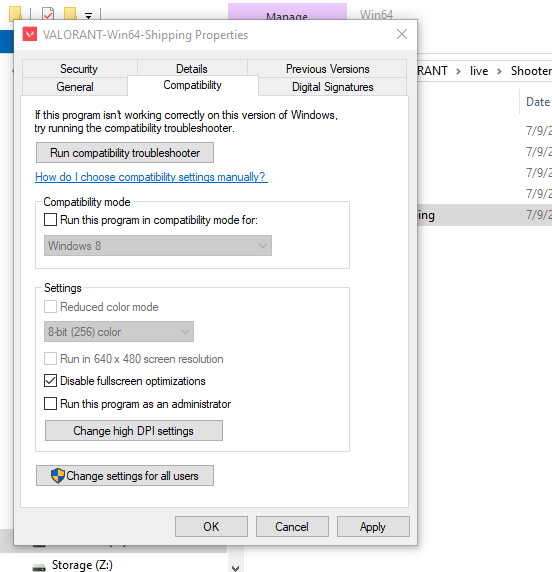



How To Reduce Input Lag For Valorant The Vr Soldier
On vs Ultra Low Latency Mode on Nvidia Control Panel for Valorant? Now off is like 34, on is like 1 and ultra is new mode, which should prepare it just in time, also lowers drivers latency Now we have also ultra low latency mode, which will be implemented into competitive games and work back with 900 series and reduce latency greatly like 30% or more! Best Nvidia Settings For Valorant Image Sharpening – Use Global setting (off) Anisotropic Filtering – Off Antialiasing – FXAA – Off Antialiasing – Gamma Correction – Off Antialiasing Mode – Off;
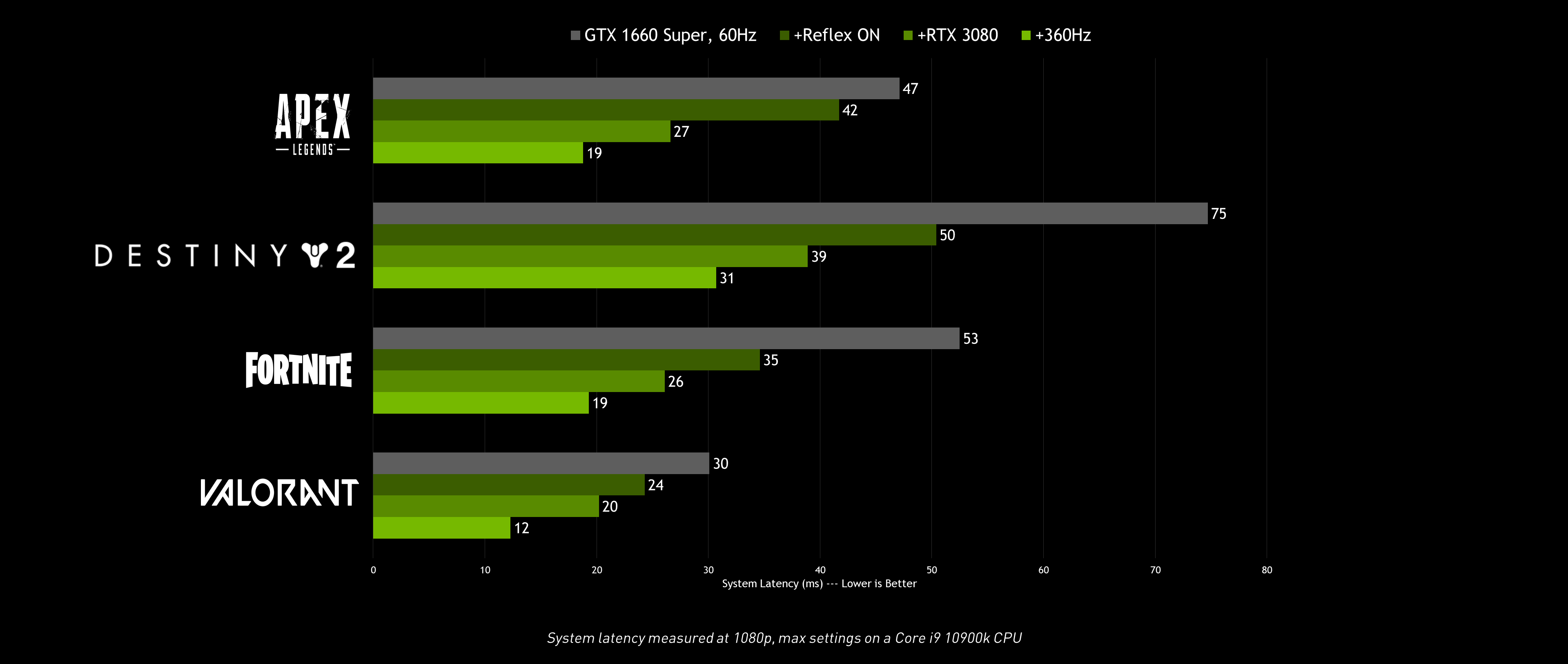



Reflex Low Latency Platform




Valorant Best Settings To Reduce Input Lag Ask Gamer
The NVIDIA Reflex Low Latency mode supports GPUs all the back to the GTX 900 series!Enable NVIDIA Low Latency Mode Rightclick on the desktop of your computer and then choose NVIDIA Control Panel In the popup window, click Manage 3D settings from the left panel to continue Now, you need to decide how to enable NVIDIA low latency mode Then select Low Latency Mode in the So for scenario 1) for games like valorant, csgo, league and all the non GPU heavy games default settings for this should be low latency mode left to "On" while scenario 2) for games like Warzone where my GPU is actually at 99% then low latency should be "Ultra"




How To Get No Lag On Valorant Nvidia Reflex Low Latency Mode Youtube
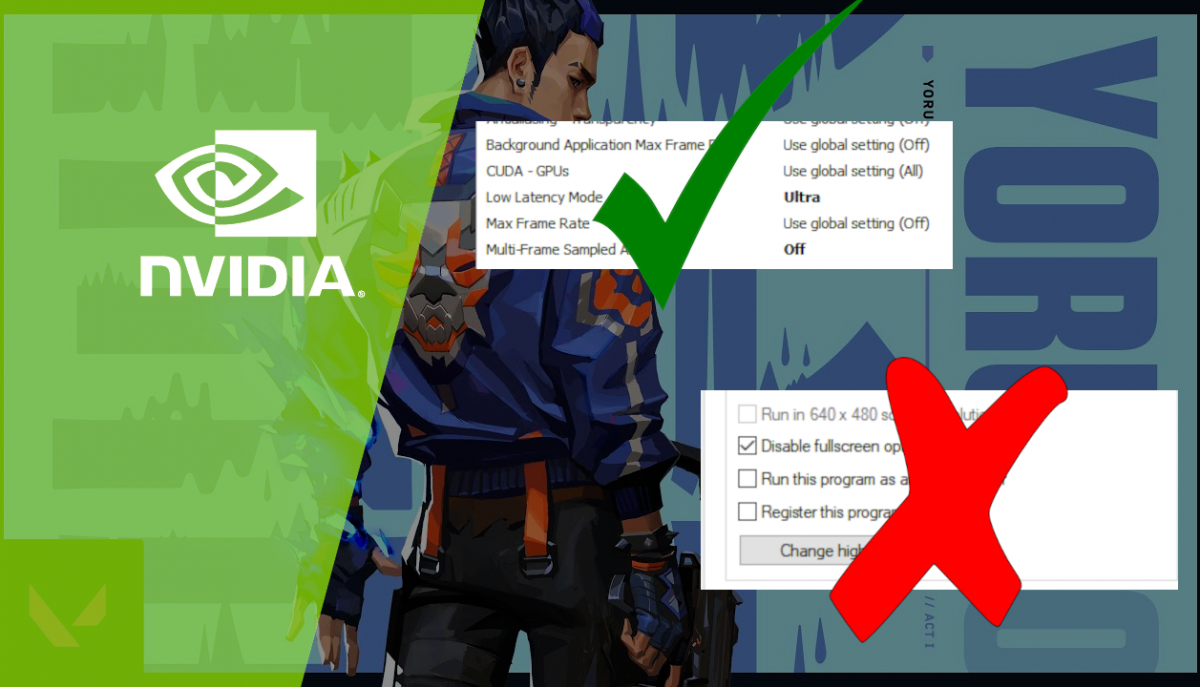



Best Valorant Settings 21 Increase Fps And Lower Input Lag Nvidia The Vr Soldier
Also going live in beta with this new driver is an ultralow latency mode, which NVIDIA says will give "gamers the ability to get the low Enable NVIDIA Reflex Latency Mode in Valorant if the game is fully utilizing your graphics card As a result, the average latency is reduced by up to 30ms, depending on all system components Of course, the higher the graphics quality set, the greater the load on the graphics card, and the more significant the latency reduction There, you can find an option called "NVIDIA Reflex Low Latency" which can be toggled by the user at will For Valorant, players can either keep the option to "Enabled" or change it to "Enabled Boost" Keeping Reflex to Enabled should be enough to minimise the ingame latency you face while playing
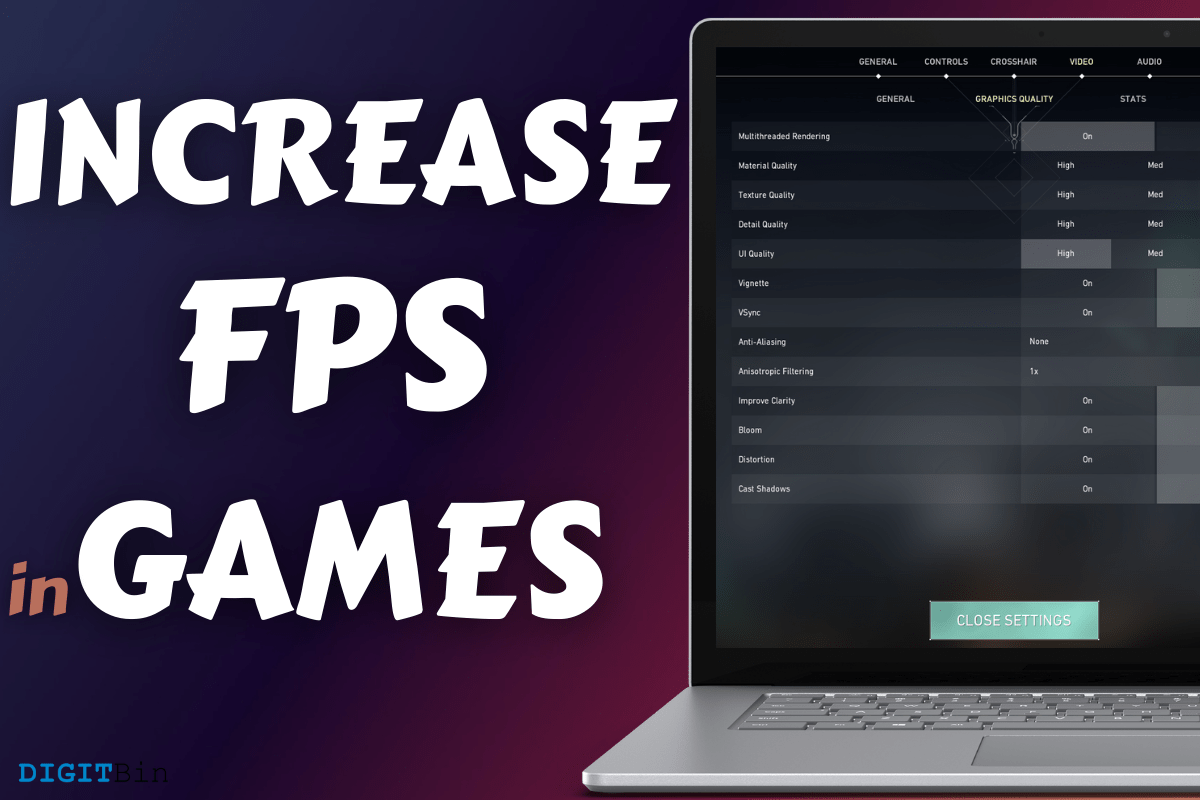



How To Increase Fps In Valorant 21
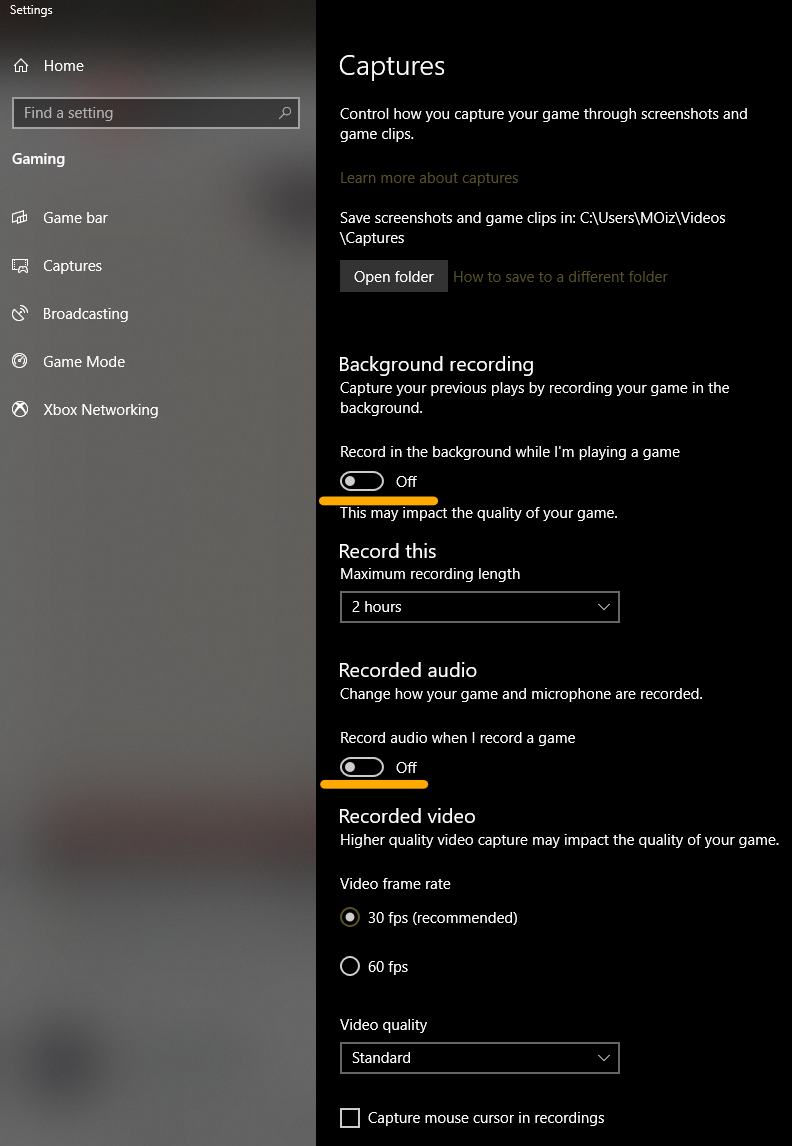



Best Valorant Settings For High Fps And Ultimate Performance
Nvidia Ultra Low Latency Mode hltv confirmed 115 Zywoo deserves No 1 50 FURIA x godsent 36 cowana vs EC Kyiv 19Jackz Sunpayus 38 Standoff 2 animations > Valorant animations 5 SPUNJ Based 147 Unique vs KOVA 15Antialiasing – Setting – None Low Latency Mode – Ultra Antialiasing – Transparency – Off Antialiasing – Transparency – Off Cuda – GPUs All (Ignore it if you don Energy Mode – Prefer Maximum performance Low Latency Mode – On MultiFrame Sampled AA – Off Vertical VSync – Off PreRendered Frames – 1 That's enough to optimize your NVidia settings There is more you can do though, head into GForce Experience and make sure your drivers are up to date specifically for Valorant
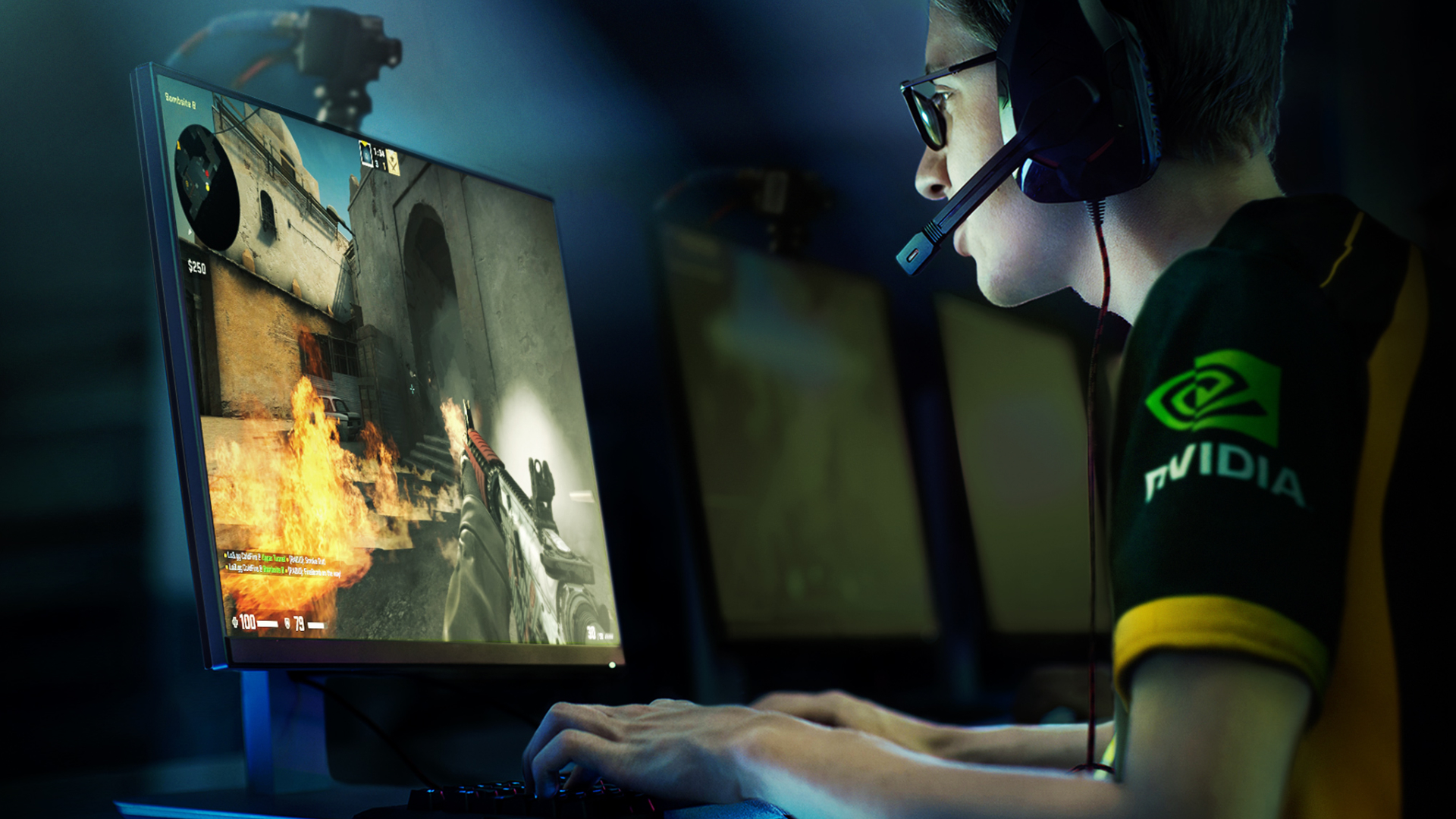



Nvidia Reflex Explained How To Get Low Latency With Your Geforce Gpu Pcgamesn
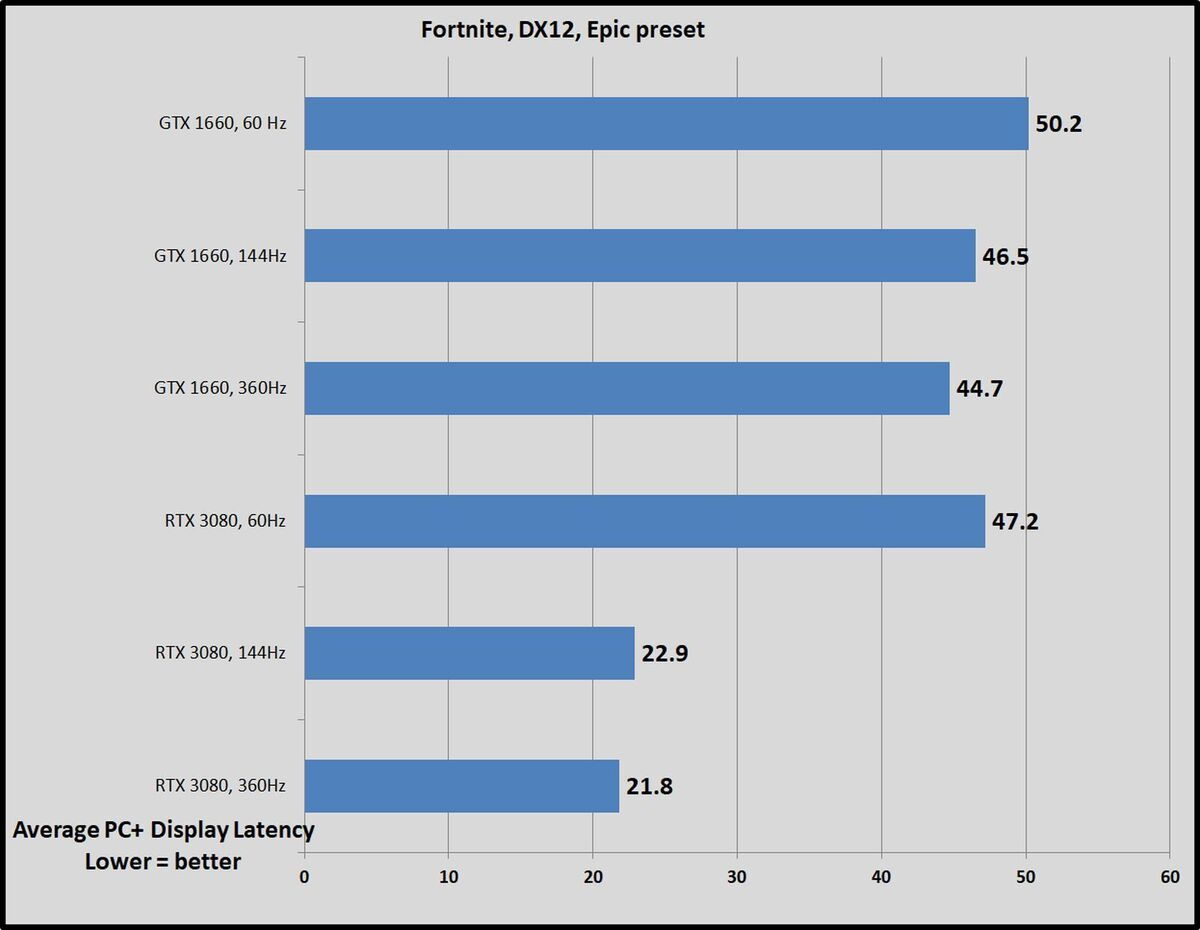



Tested How Nvidia Reflex Can Make You A Better Esports Gamer Pc World Australia
The biggest change from CSGO's usual Nvidia driver settings is the addition of Nvidia Reflex, the company's ultralow latency technology Players may be familiar with these fancy graphs from Riot Games' Valorant, but they may not know that the tech Yes, the Low Latency Mode being added to games is part of it, but on Tuesday, Nvidia and its partners are also rolling out blisteringly fast 360Hz GSync Esports monitors with Reflex LatencyThe only time i have successfully got 40, 38, 36, 32, kills in DM using an OP after the neft is when i played with G sync & V sync on and low latency mode ultra on & with these settings according to the ingame live number using the nvidia reflex mode booston stats its when i get the lowest possible input lag according to the numbers displayed
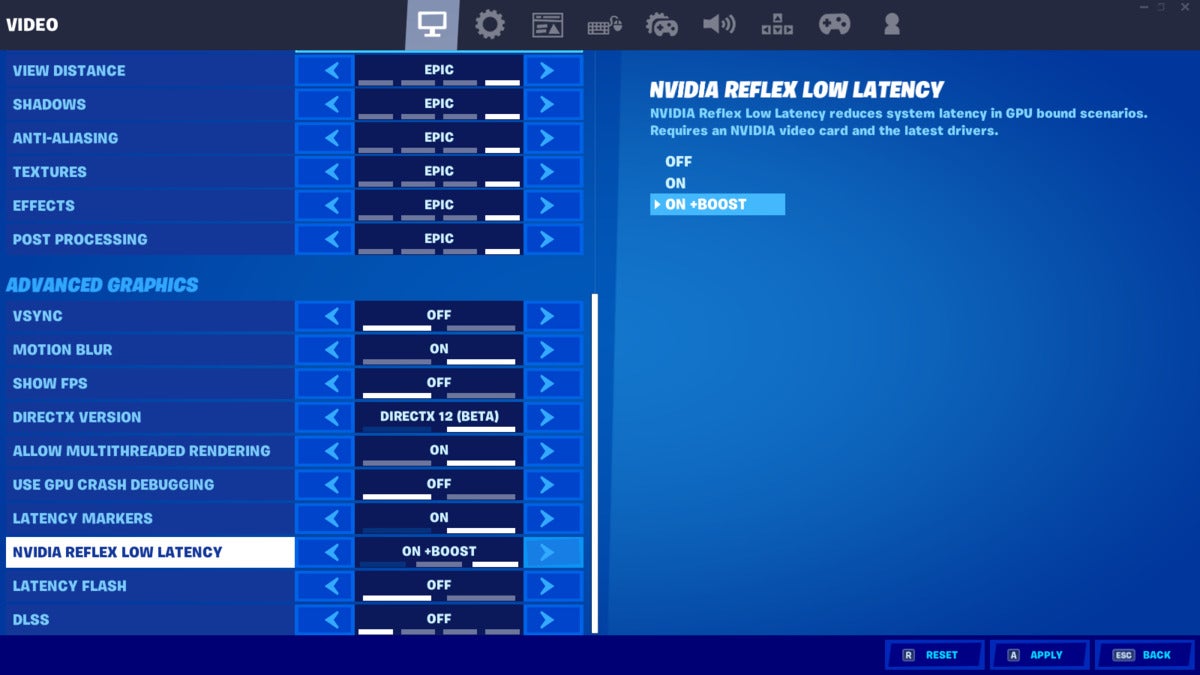



Nvidia Reflex Tested How It Makes You A Better Esports Gamer Pcworld
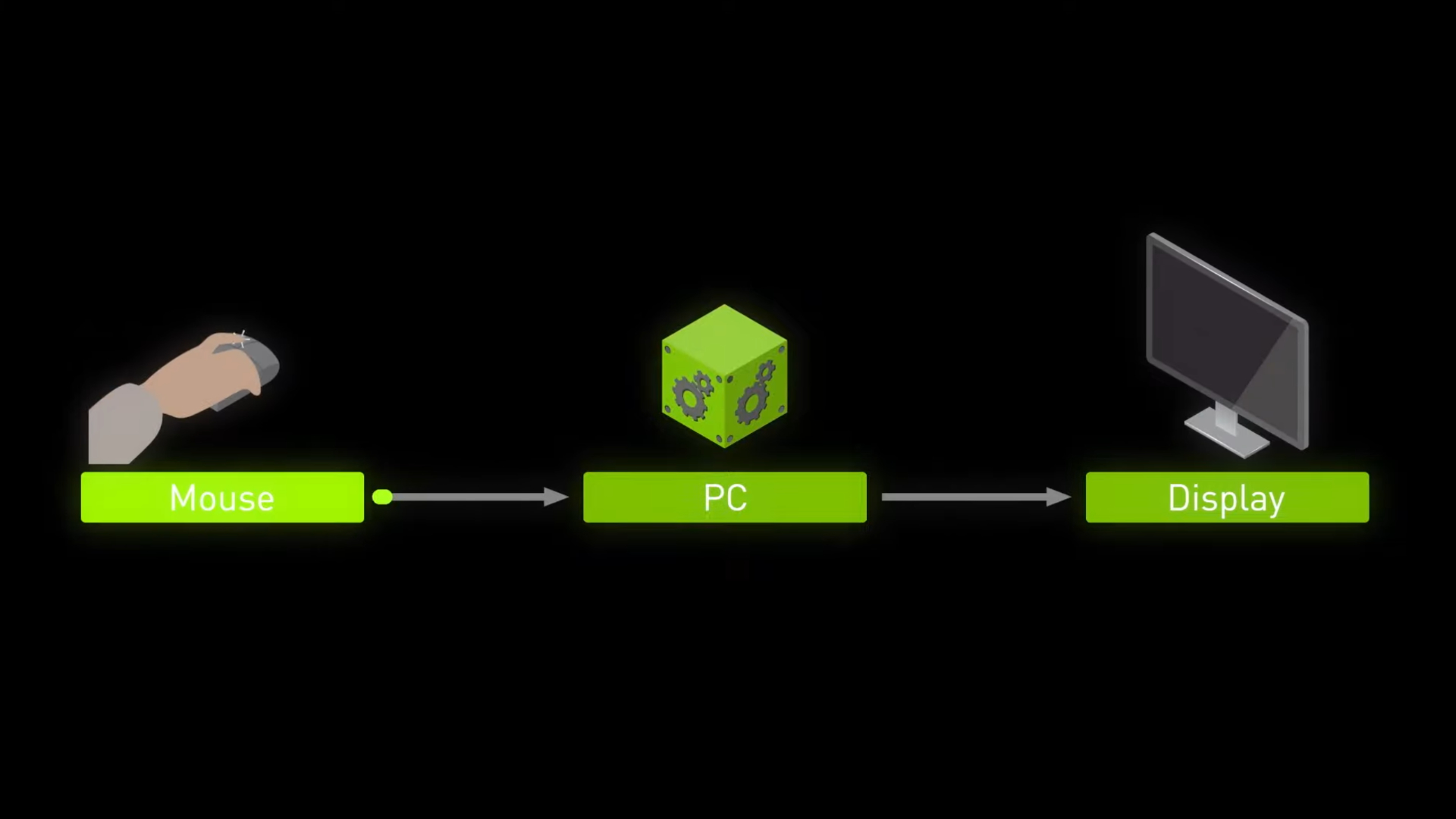



Nvidia Reflex Explained How To Get Low Latency With Your Geforce Gpu Pcgamesn
Then select Low Latency Mode in the list Choose Ultra in the setting list on the right The ultra setting submits the frame just in time for the GPU to pick it up – there will be no frame setting in the queue and waiting 5 After that, click Apply settings to save your changes Existing low latency modes are driver based, including Nvidia's Ultra Low Latency mode (otherwise known as NULL), as well as the regular low latency mode They work by adjusting the way the GPU I'd think that ultra low latency would override the setting for prerendered frames I don't know why you'd want to run a headset with ultra low latency turned on though Since I changed prerendered frames from the default value, I get better framerates, practically no stuttering, and can run games at higher resolutions (including 4K




How To Increase Fps In Valorant 21
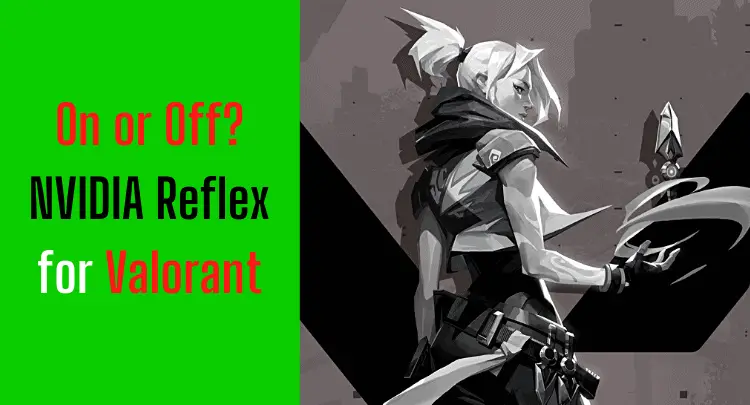



Valorant With Nvidia Reflex Turn On Or Off Fps Veteran Raise Your Skillz
Turn on Nvidia's lowlatency mode If you have certain Nvidia graphics cards, Valorant can take advantage of the card's builtin ultralow latency mode, which is a fancy way of saying "more frames, less input lag, please" Since the setting is built into Fortnite is the first game with full Reflex support, and Valorant, Call of Duty (including Modern Warfare (19), and an Ultra Low Latency Mode in the driver It does not require a special We would definitely try to add that If you are playing games like Fortnite, Apex Legends, Valorant, Destiny, or PUBG, the NVIDIA Reflex will be available for you However, for other and especially the older games, you can try the Ultralow latency mode as well If you have liked the article, consider sharing it with others as well Just let us




Testing Nvidia S Latency Analyzer Can It Help You Become An Esports Pro Pcmag
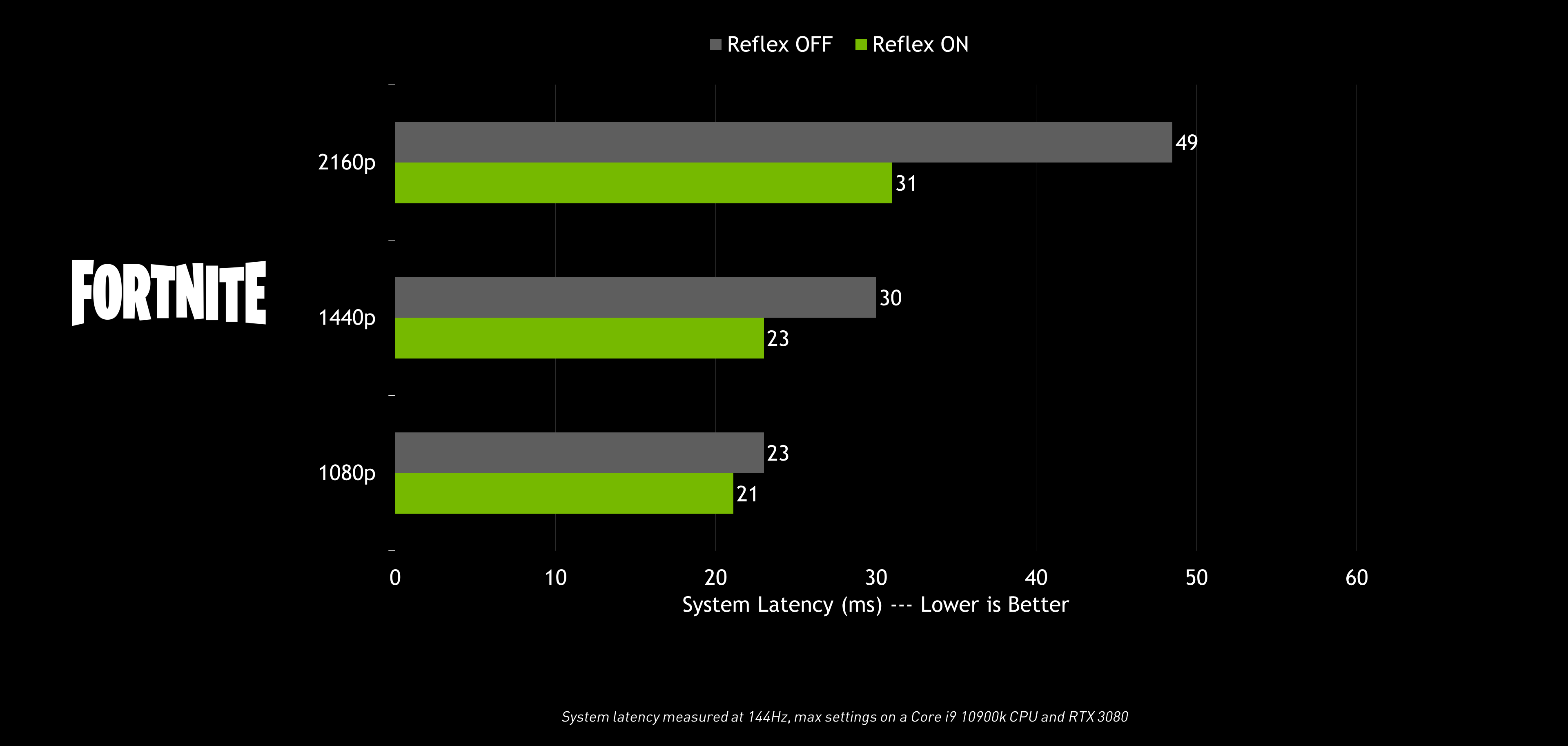



ท กเส ยวว นาท ม ค า Nvidia Reflex เทคโนโลย ช วยว ดค า Latency เกม เน นสาย E Sport Blognone
Valorant, for example, sees up to a 48% decrease in latency at 60Hz, and if you up your monitor's refresh rate to 360Hz, you could reduce latency by up to 80% NVIDIA REFLEX supported graphics cards




Nvidia Reflex Will Soon Lower Latency In Rust And Ghostrunner For Geforce Gamers
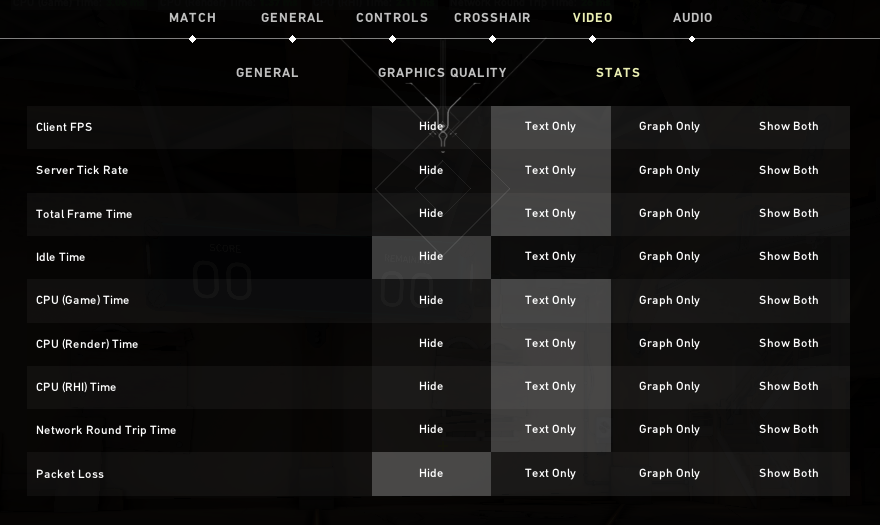



How To Reduce Input Lag For Valorant The Vr Soldier
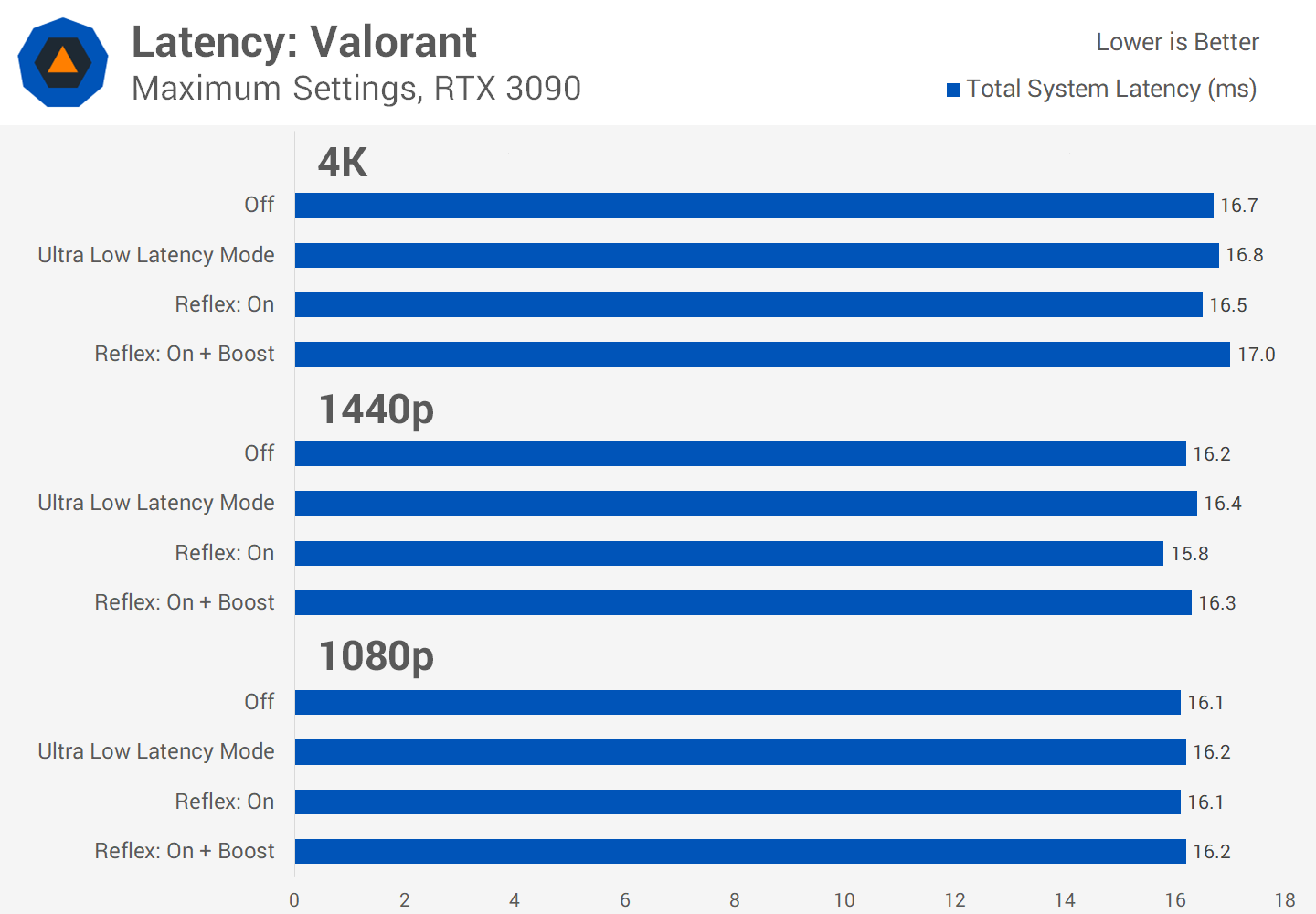



Nvidia Reflex Tested Low Latency Revolution Techspot
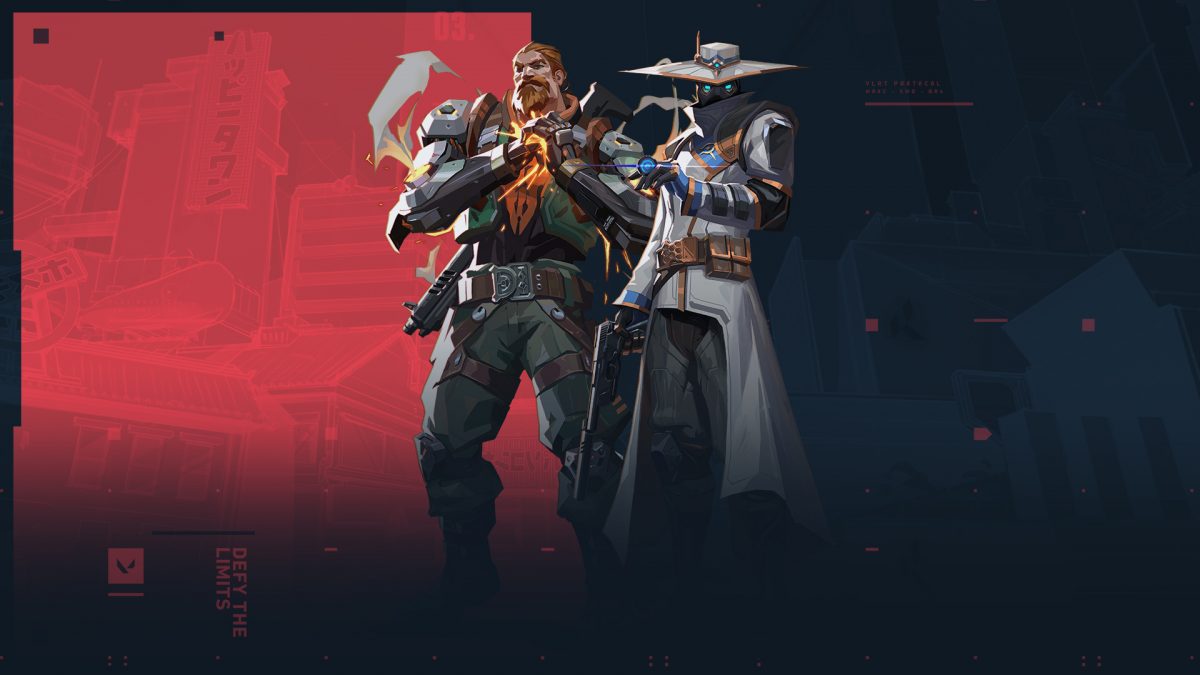



Valorant Best Settings To Reduce Input Lag Ask Gamer
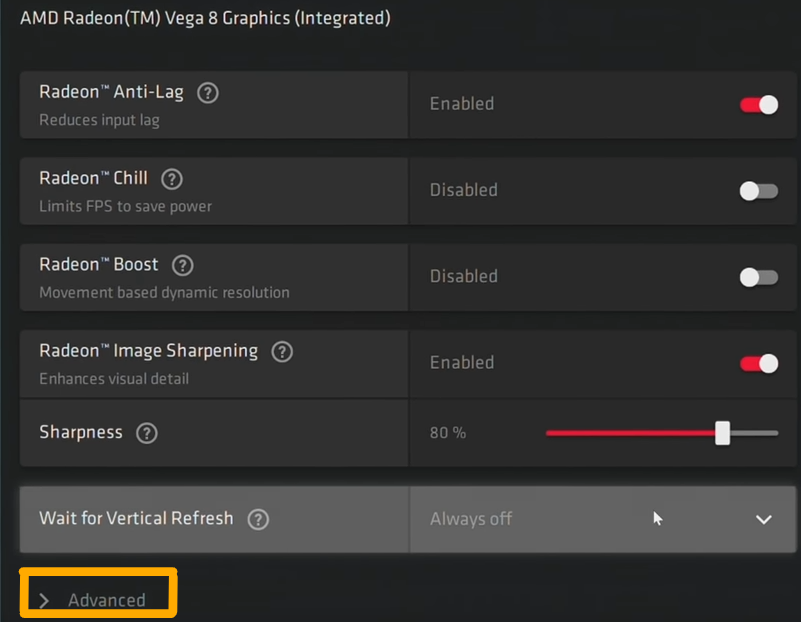



Best Valorant Settings For High Fps And Ultimate Performance



New Nvidia Geforce Game Ready Driver 456 38 Comes With Nvidia Reflex Support For Valorant R Valorant
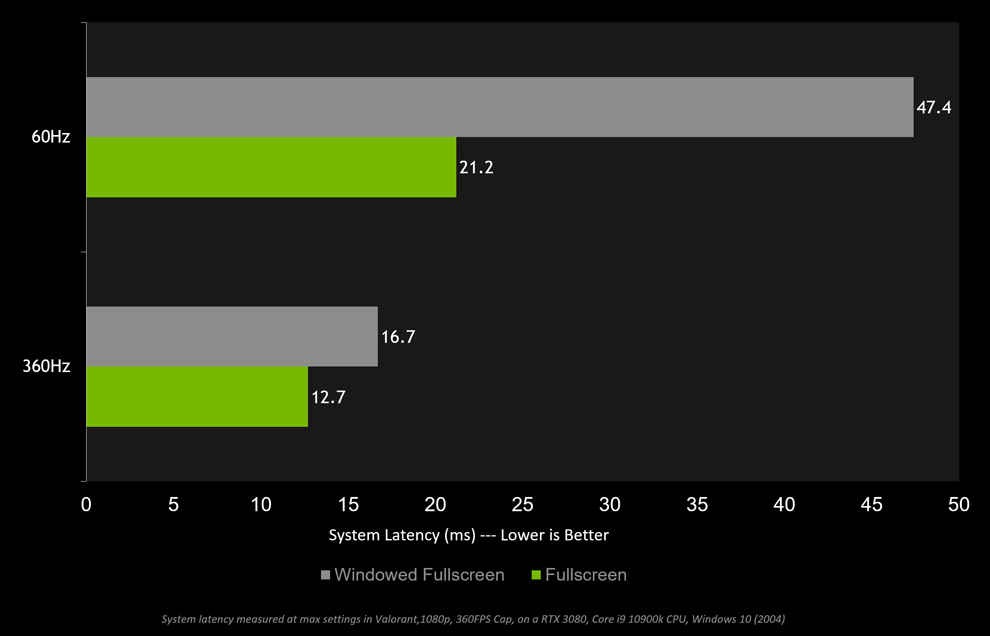



How To Setup Nvidia Reflex Digit




Should I Use Low Latency Mode For Valorant Youtube




How To Enable Ultra Low Latency Mode For Nvidia Graphics




Introducing Nvidia Reflex Optimize And Measure Latency In Competitive Games Geforce News Nvidia




Valorant Ultra Low Graphics Tutorial Fps Boost Fix Lag Stuttering Youtube




The Complete List Of Nvidia Settings For High Csgo Fps In 21 Win Gg



Nvidia Reflex
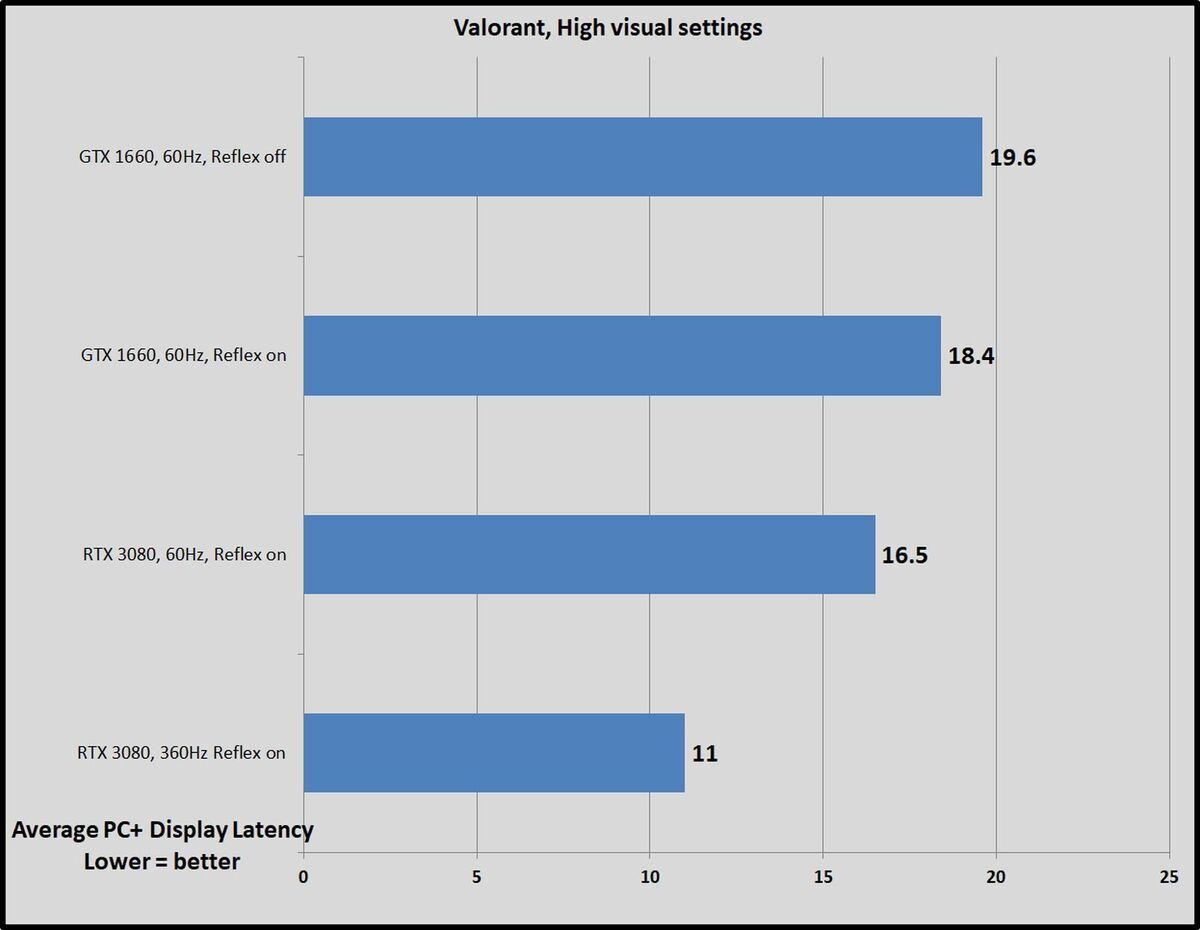



Nvidia Reflex Tested How It Makes You A Better Esports Gamer Pcworld




How To Reduce Lag A Guide To Better System Latency Geforce News Nvidia




The Complete Nvidia Guide To Getting Better Fps In Valorant Win Gg
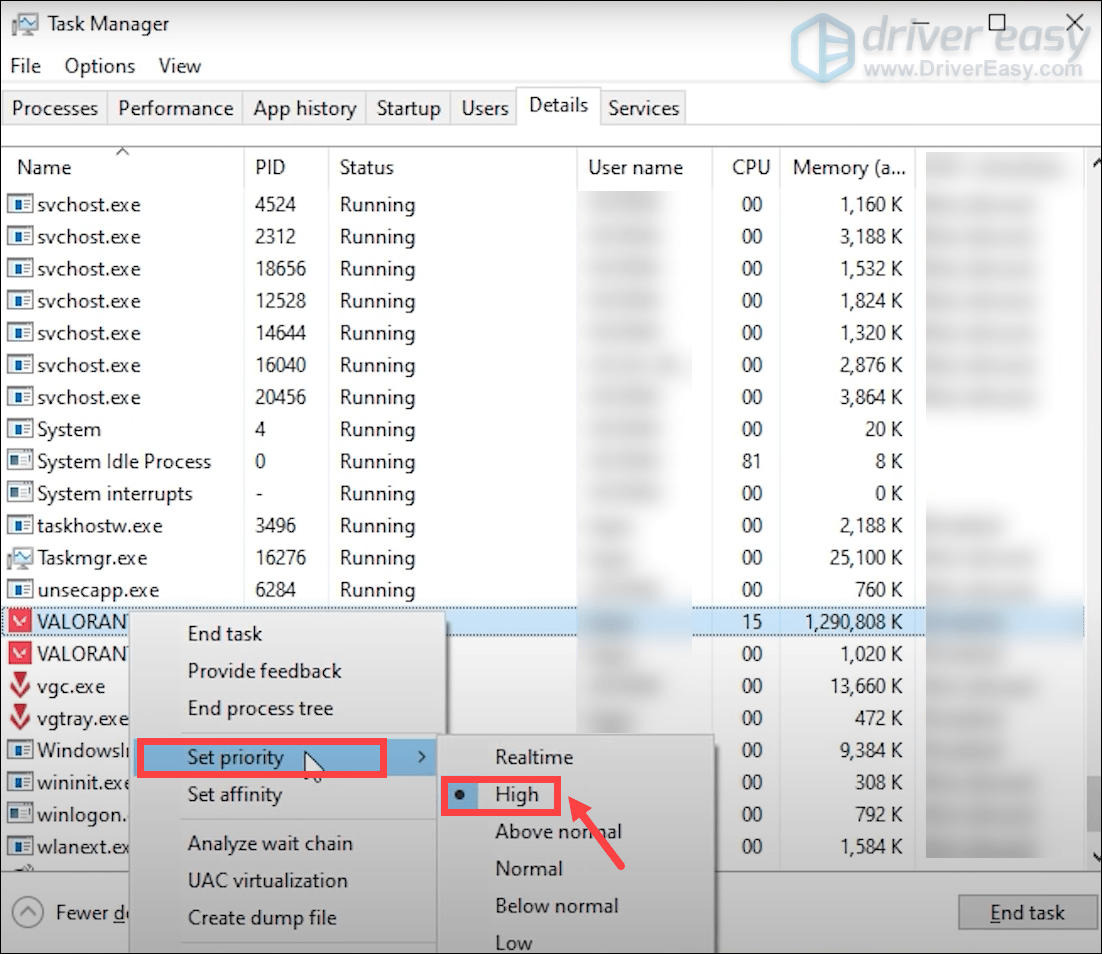



Solved Valorant Input Lag On Pc 21 Driver Easy
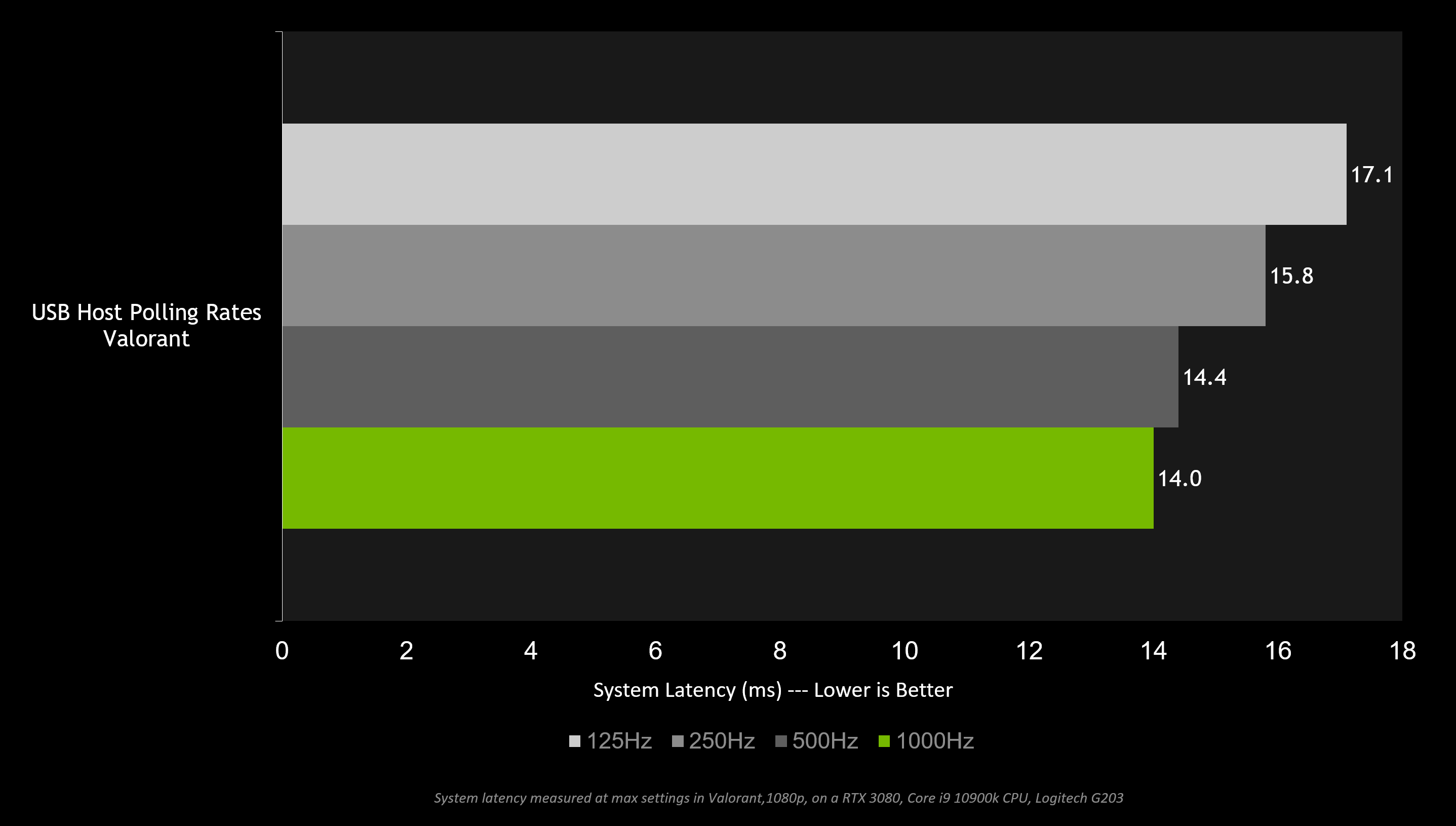



How To Reduce Lag A Guide To Better System Latency Geforce News Nvidia




Nvidia Reflex Tested How It Makes You A Better Esports Gamer Pcworld
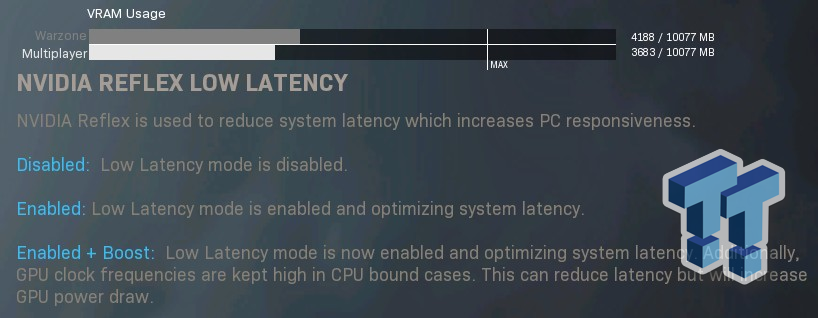



Nvidia Reflex Latency Analyzer Preview Very Best Tool For Esports Tweaktown
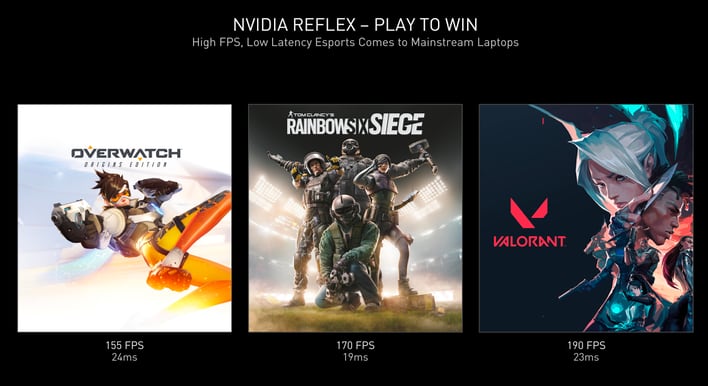



Nvidia Geforce Rtx 3050 Ti And Rtx 3050 Flex 1080p Gpu Muscle For Mainstream Gaming Laptops Hothardware




Nvidia Reflex Tested Low Latency Revolution Techspot




Game Ready Driver 456 55 Adds Nvidia Reflex To Modern Warfare Warzone Is Optimized For Star Wars Squadrons




Nvidia Low Latency Mode On Or Off For Less Input Lag Blur Busters Forums




Nvidia Reflex Tested With Ldat V2 Making You A Better Gamer Nvidia Reflex Low Latency Mode Benchmarks Techpowerup



Nvidia Reflex Skin




How To Enable Ultra Low Latency Mode For Nvidia Graphics




Nvidia Reflex Will Soon Lower Latency In Rust And Ghostrunner For Geforce Gamers




Geforce Powered Low Latency Valorant Slo Mo Video Youtube




Apex Legends Performance Boost Incoming For Pc Players Dexerto




Feel Like Valorant Is The Only Game Youre Lagging In I Have A Potential Solution R Valorant




The Complete Nvidia Guide To Getting Better Fps In Valorant Win Gg




Nvidia Reflex Tested Low Latency Revolution Techspot




Valorant Input Lag Fix In 21 Low Latency Valorant Reduce Input Lag Episode 3 Act 1




Testing Nvidia S Latency Analyzer Can It Help You Become An Esports Pro Pcmag



Low Latency Mode Or Nvidia Reflex Low Latency Mode R Valorant
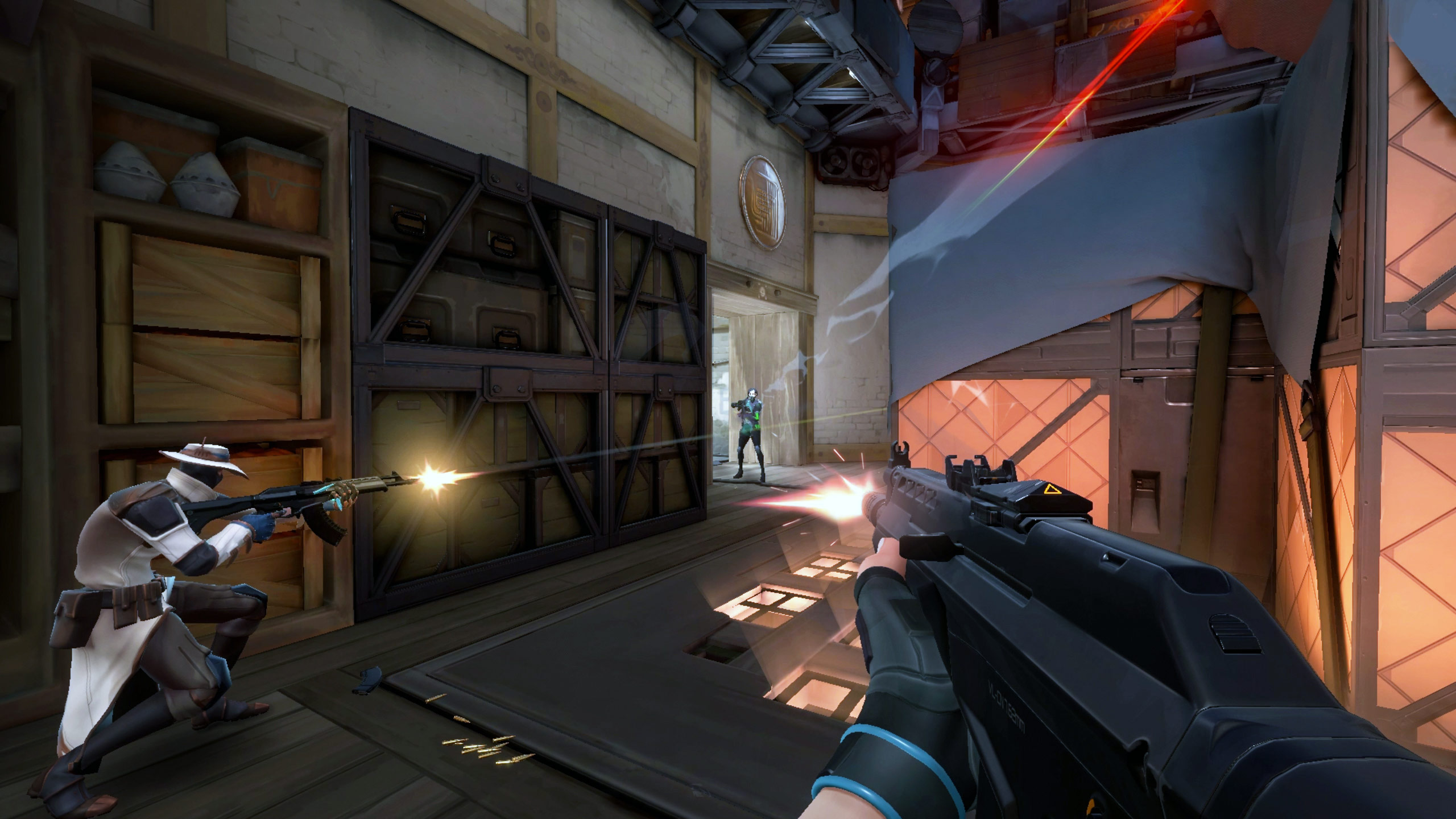



Best Valorant Settings For Increased Fps And Performance Boost




How To Reduce Lag With Nvidia Low Latency Mode
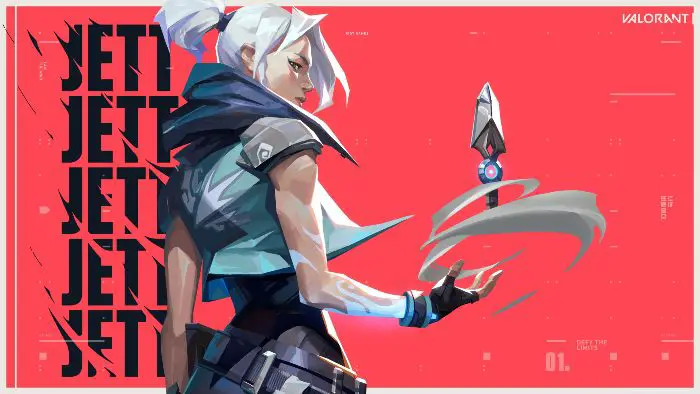



How To Enable Nvidia Reflex In Valorant For Low Latency Techy Nicky
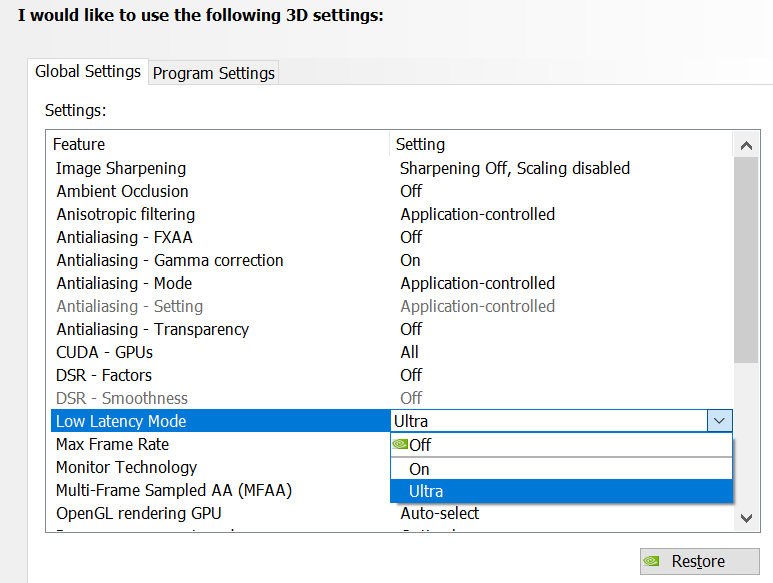



How To Reduce Lag A Guide To Better System Latency Geforce News Nvidia




Nvidia Null Archives Tech Arp



Ryzen 5 2400g Vs Core I9 9900k Valorant Benchmarks Cpuagent




Nvidia Geforce United Kingdom Valorant Geforce Powered Low Latency Facebook




Nvidia Reflex Lowers Input Lag In Valorant How To Turn It On Talkesport
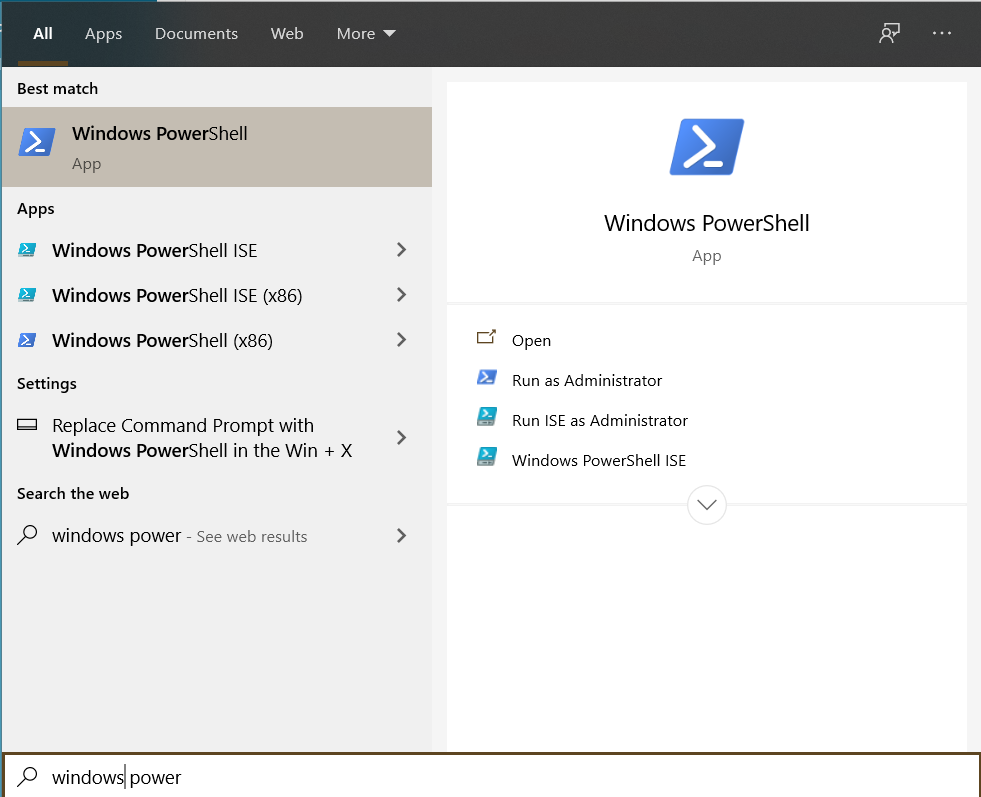



Best Valorant Settings For High Fps And Ultimate Performance




Testing Nvidia S Latency Analyzer Can It Help You Become An Esports Pro Pcmag
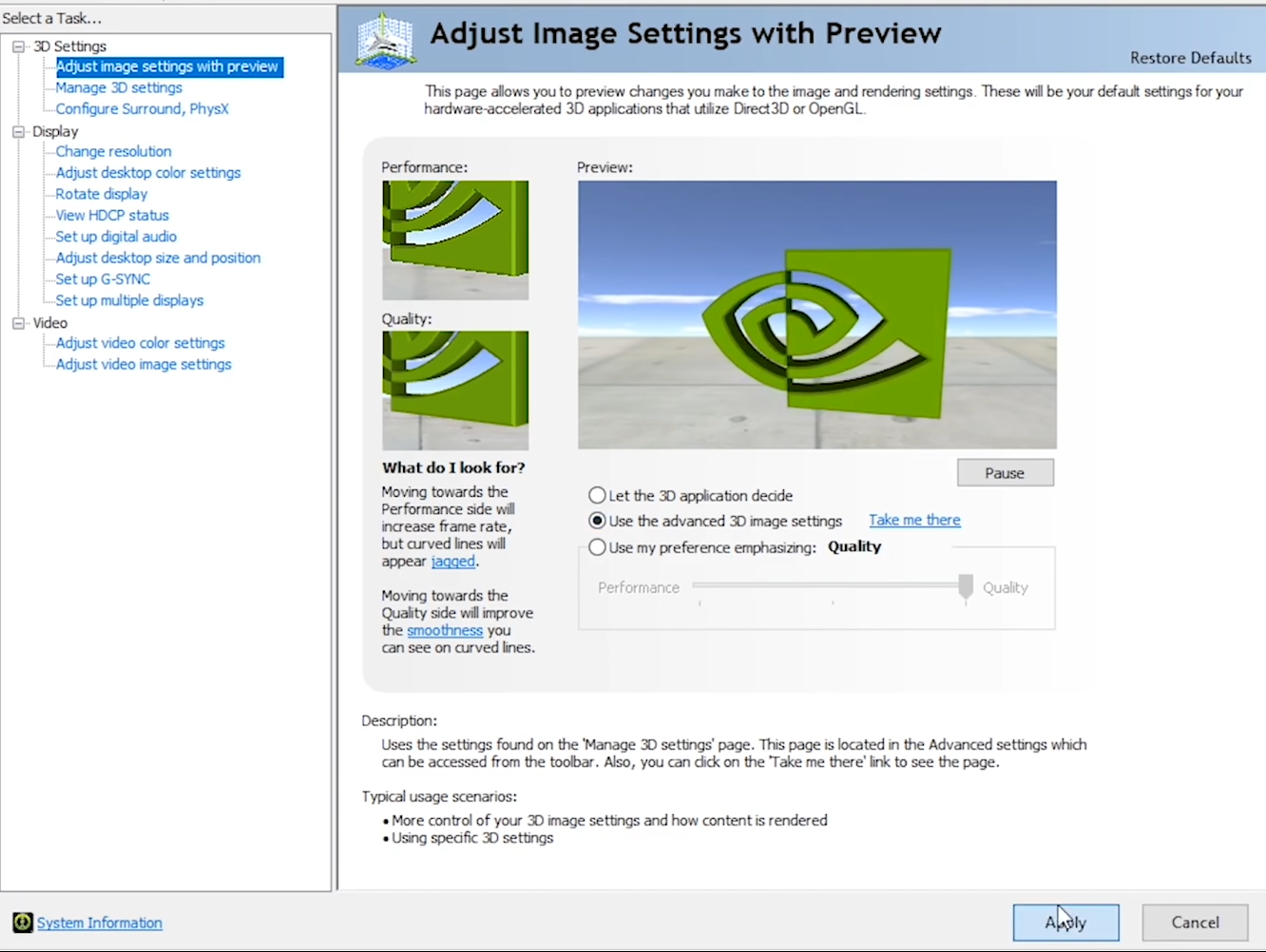



Best Valorant Settings For High Fps And Ultimate Performance
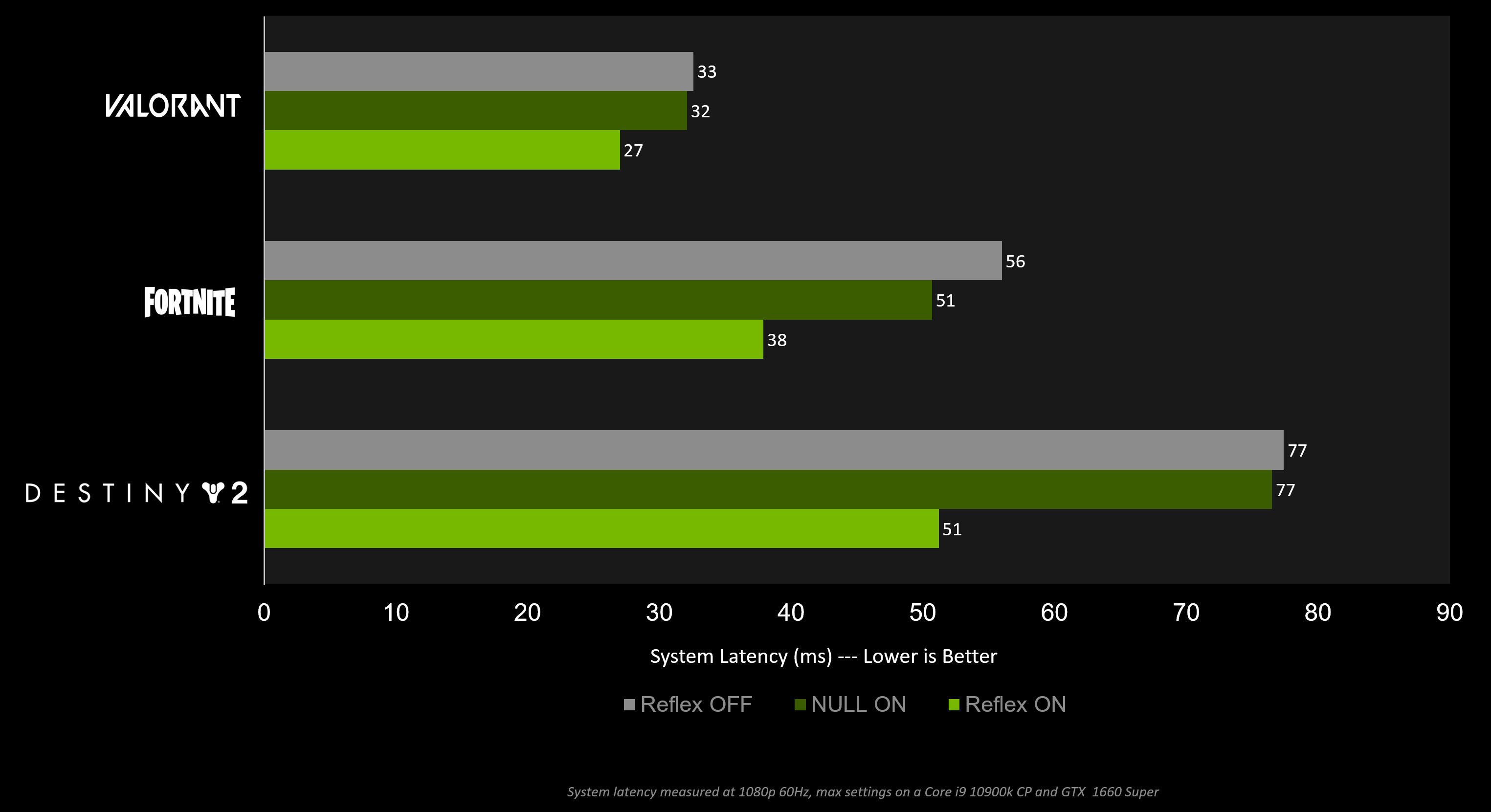



How To Reduce Lag A Guide To Better System Latency Geforce News Nvidia
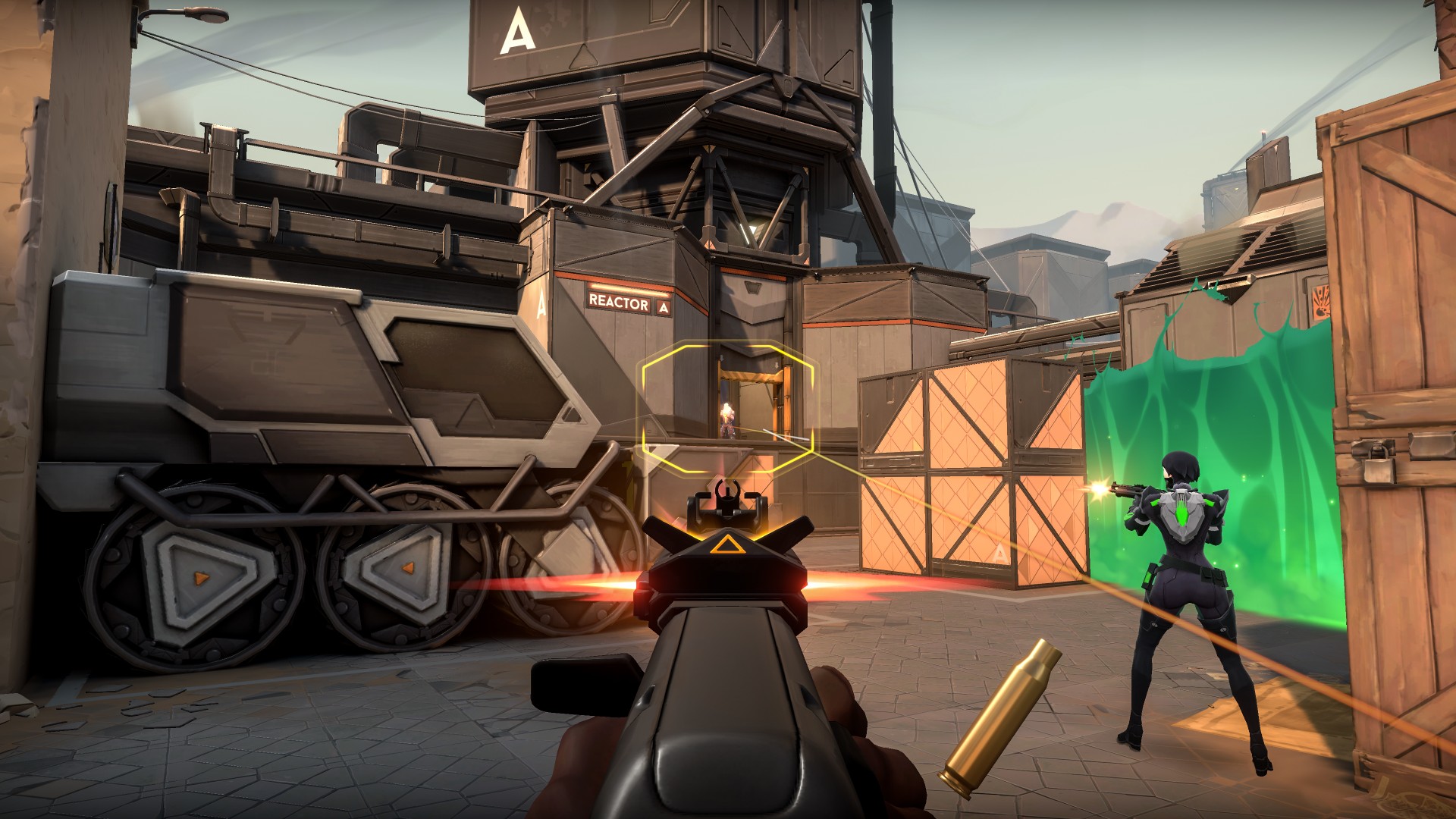



Nvidia Reflex Explained How To Get Low Latency With Your Geforce Gpu Pcgamesn




Testing Valorants New Reflex Low Latency Mode This Is What Null Should Have Been Youtube
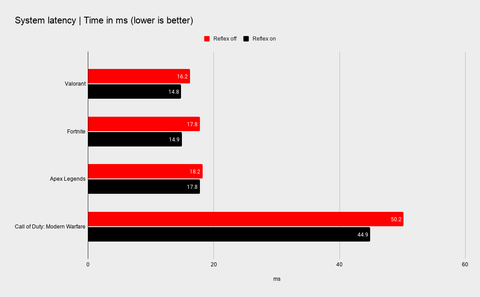



Hands On With Nvidia S Latency Slashing Reflex Technology Pc Gamer




Testing Nvidia S Latency Analyzer Can It Help You Become An Esports Pro Pcmag
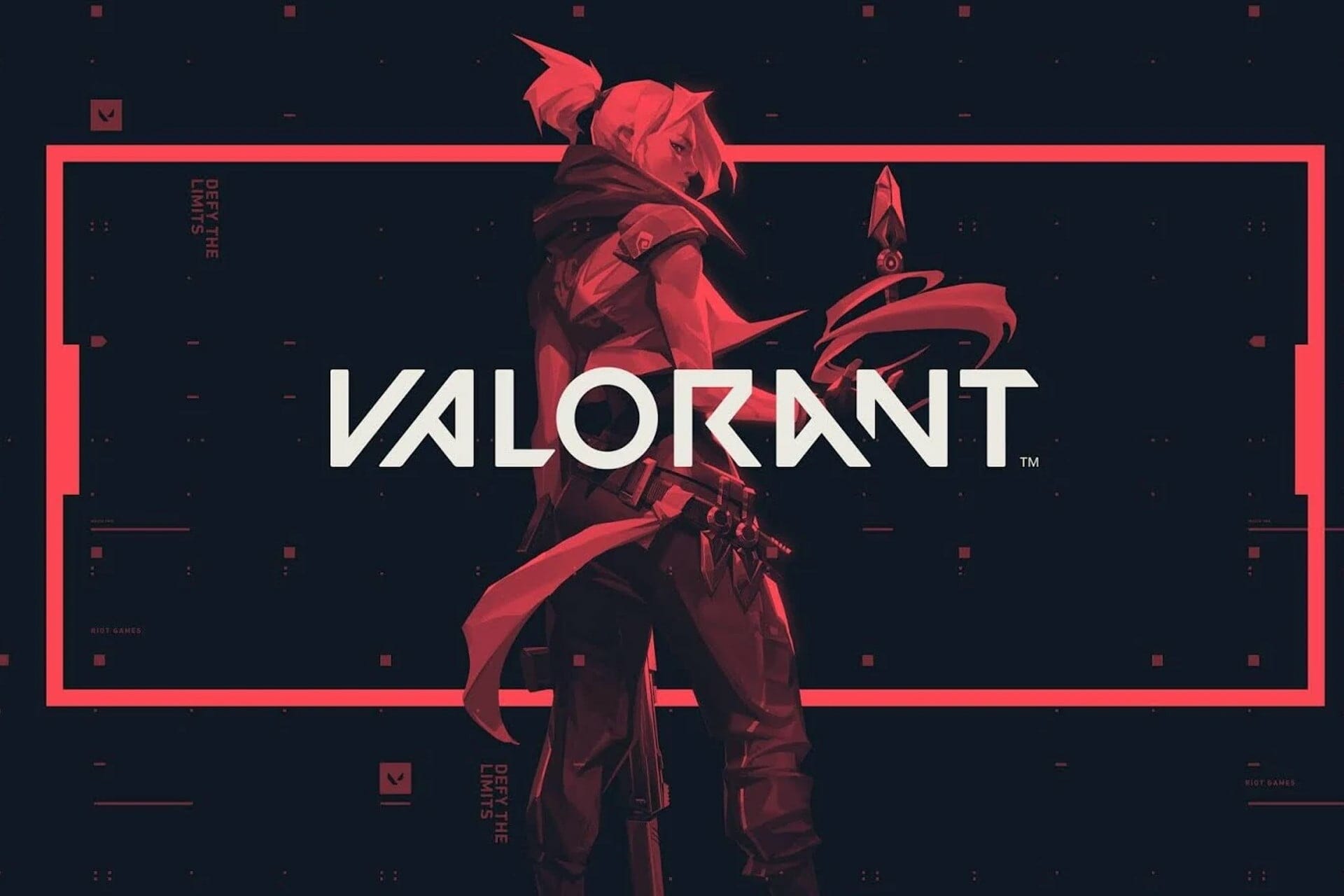



5 Best Vpns For Valorant To Fix Lag And Reduce Ping
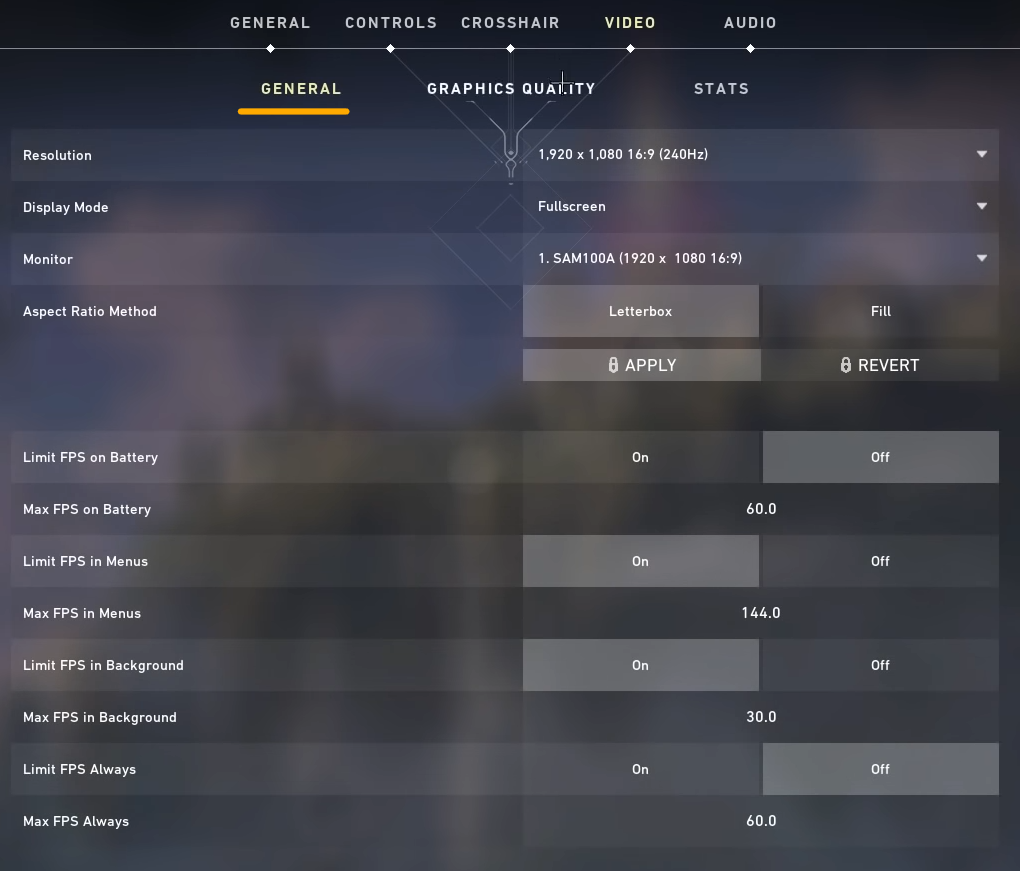



Best Valorant Settings For High Fps And Ultimate Performance




Nvidia Reflex Lowers Input Lag In Valorant How To Turn It On Talkesport



Nvidia Reflex
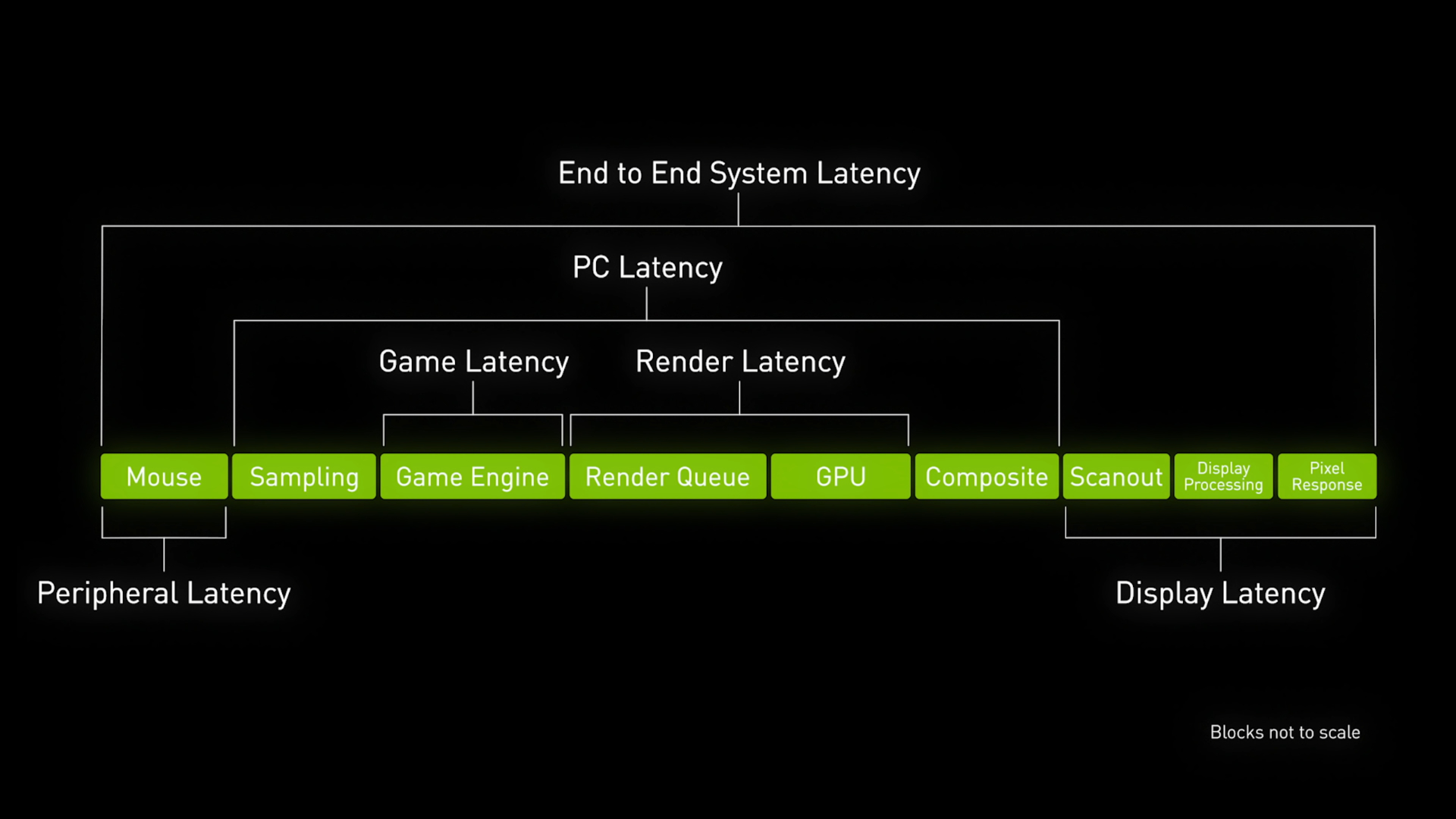



Nvidia Reflex Explained How To Get Low Latency With Your Geforce Gpu Pcgamesn
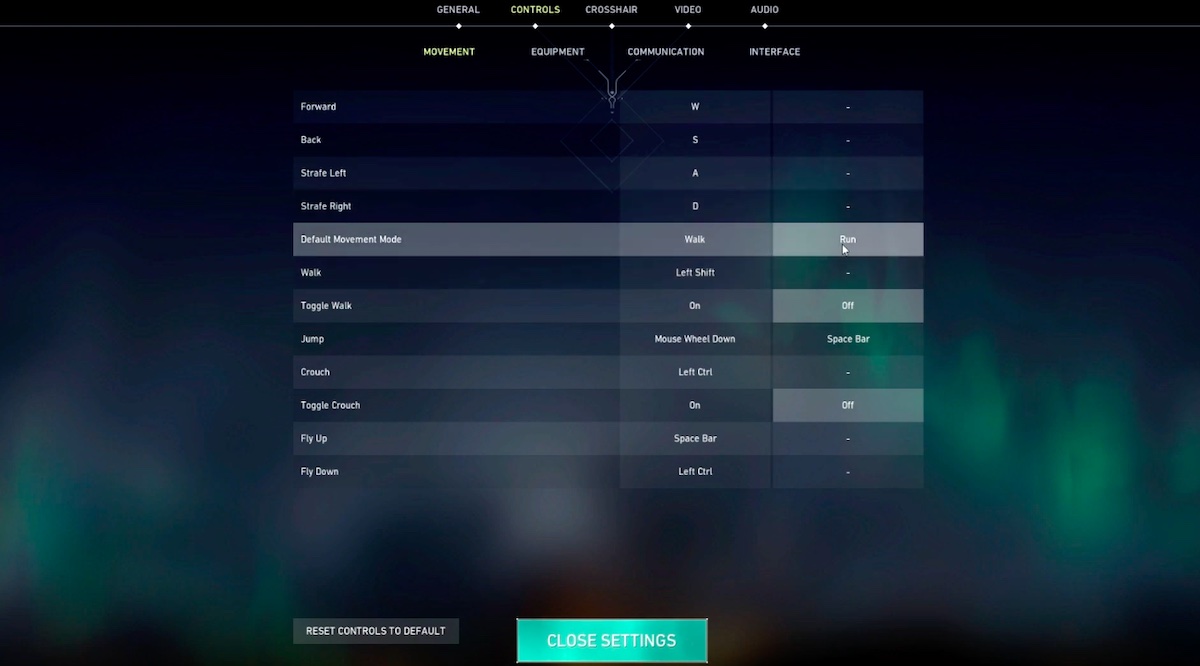



The Best Valorant Settings Best Gaming Settings




How To Reduce Lag With Nvidia Low Latency Mode




Check Your Pc Latency And Responsiveness With Nvidia Reflex Geeky Gadgets
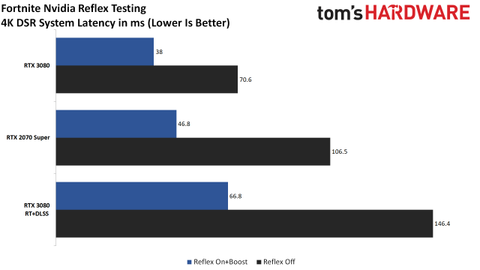



Nvidia Reflex Latency Analyzer Tested Ultra Low Latency Gaming Tom S Hardware




Nvidia Reflex Will Soon Lower Latency In Rust And Ghostrunner For Geforce Gamers
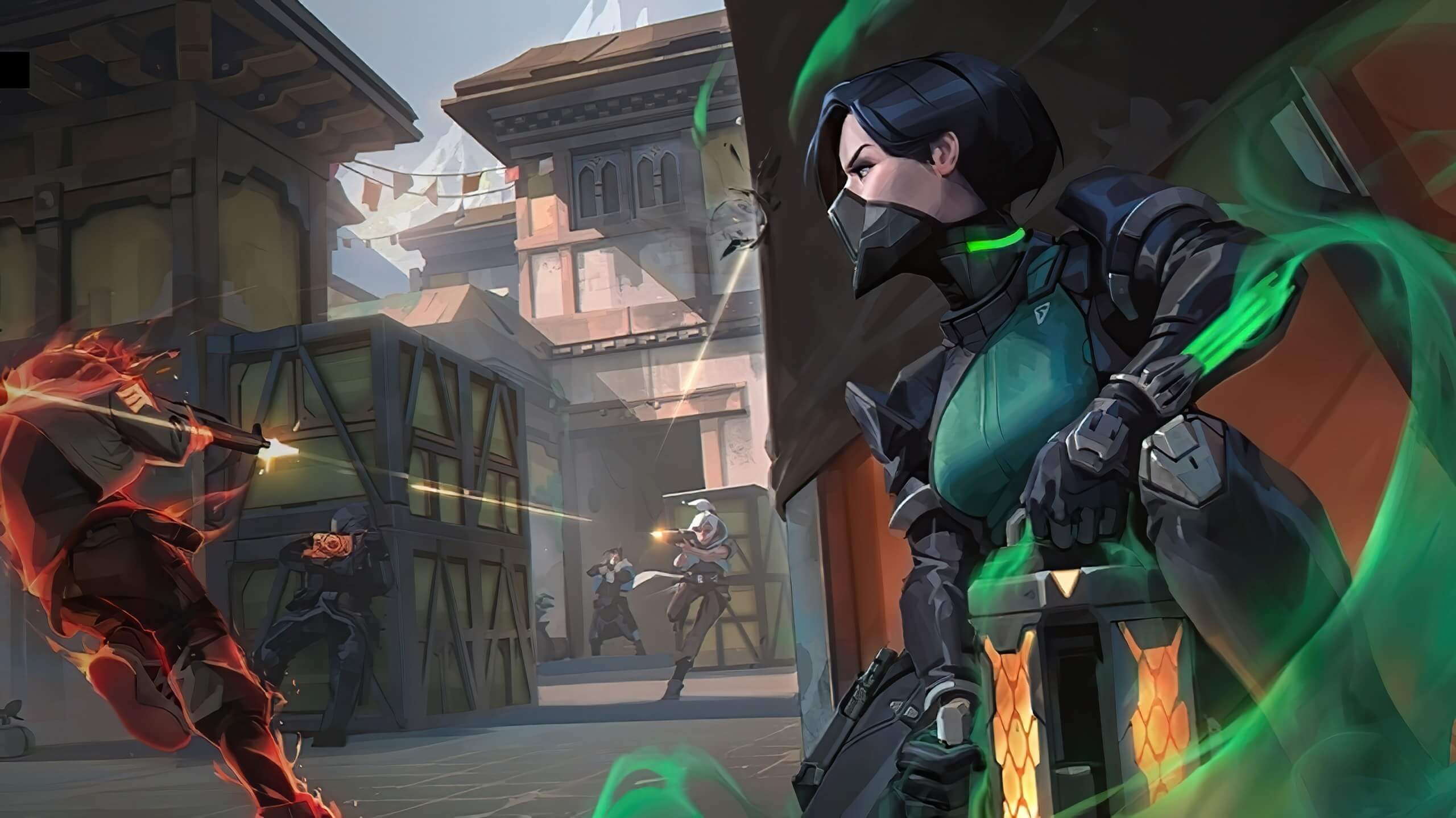



Valorant How To Fix Low Fps Lag Crashes And Other Performance Issues
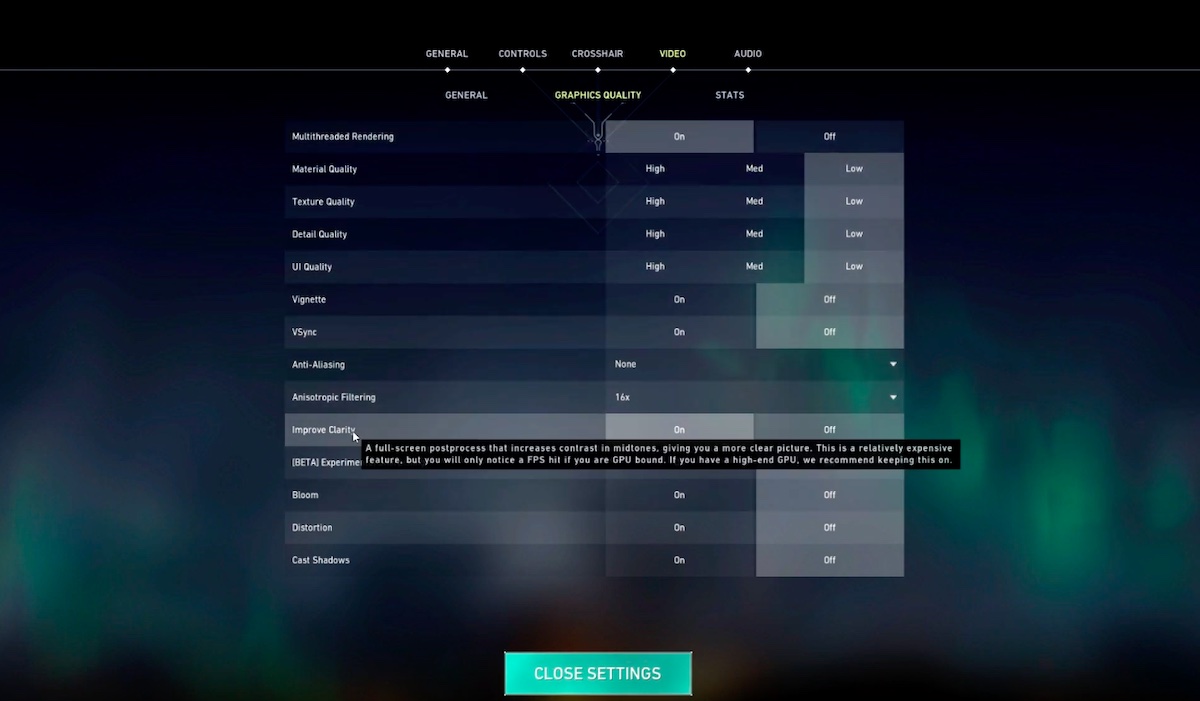



The Best Valorant Settings Best Gaming Settings




Nvidia Game Ready Update Brings Ultra Low Latency Mode Integer Scaling And More Techspot
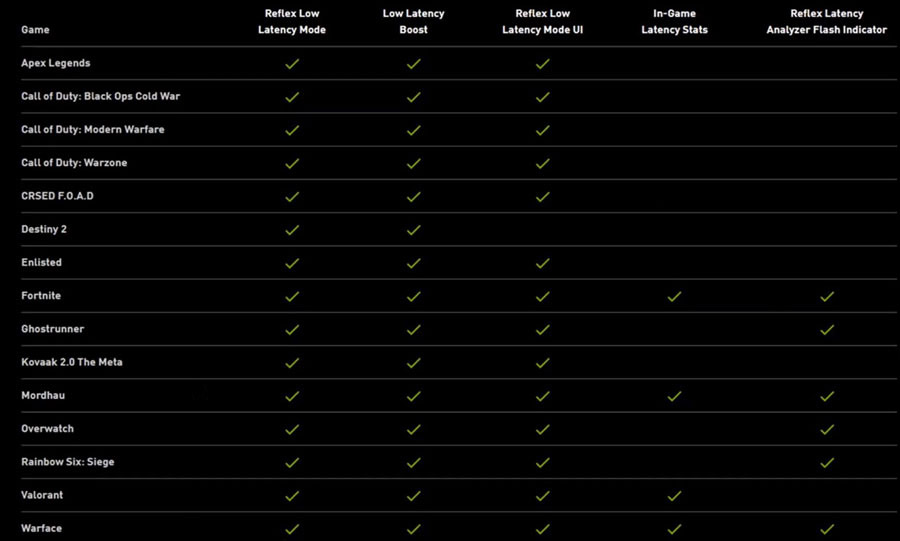



Nvidia Reflex Tested With Ldat V2 Making You A Better Gamer Nvidia Reflex Low Latency Mode Benchmarks Techpowerup
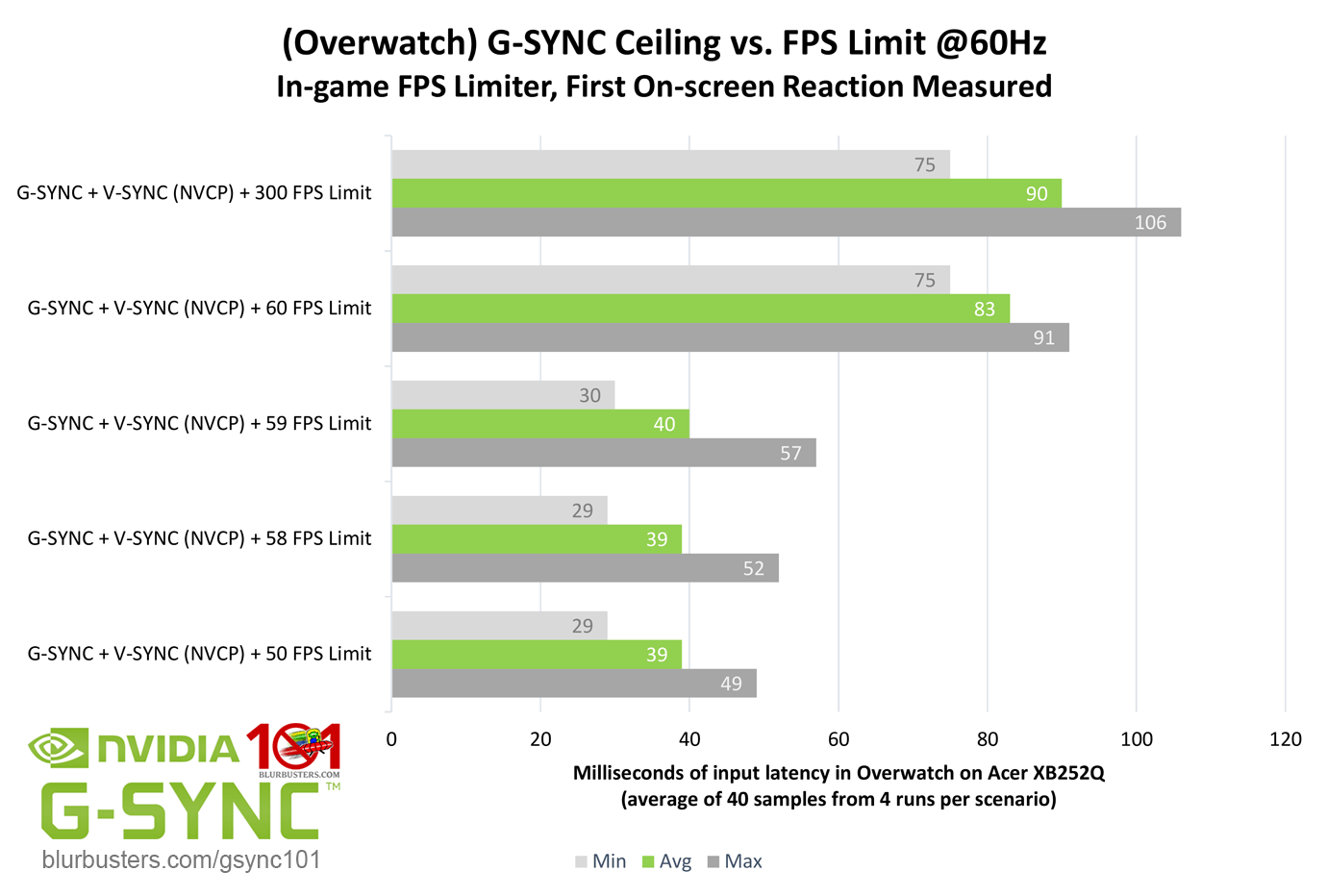



G Sync 101 G Sync Ceiling Vs Fps Limit Blur Busters




Apex Legends Performance Boost Incoming For Pc Players Dexerto
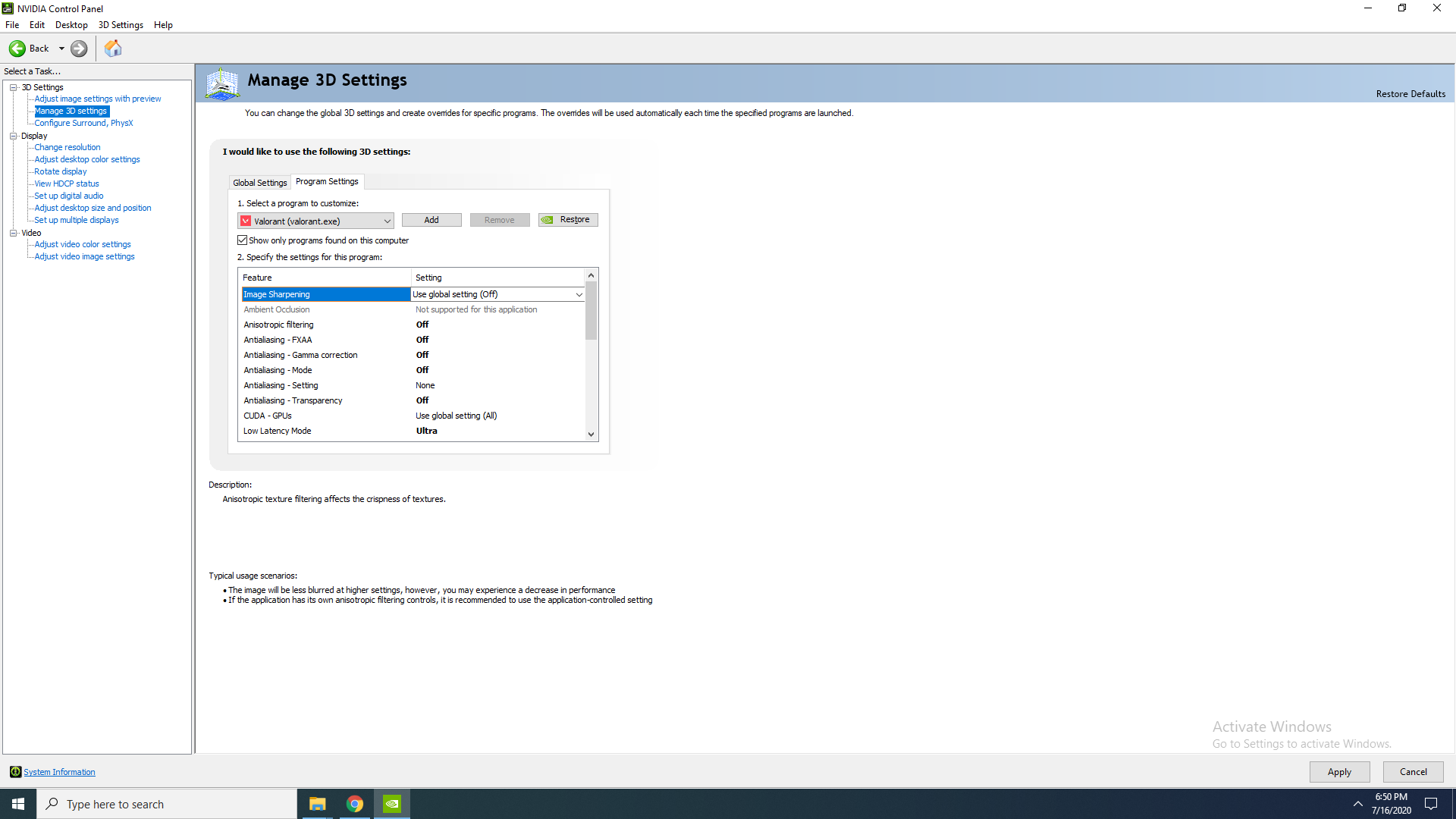



Best Valorant Settings For High Fps And Ultimate Performance




Valorant Best Settings To Reduce Input Lag Ask Gamer




Nvidia Reflex Guide How To Reduce System Latency Tech Arp



How To Increase Fps In Valorant 21




Ysk Nvidia Control Panel Contains A Setting To Greatly Reduce Input Lag R Valorant
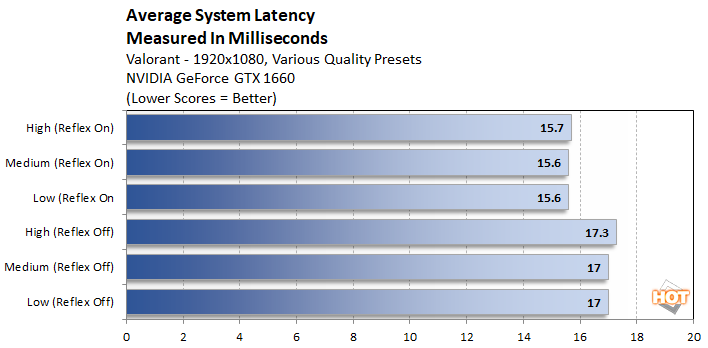



Nvidia Reflex Tested Low Latency Precision Gaming At 360hz Hothardware
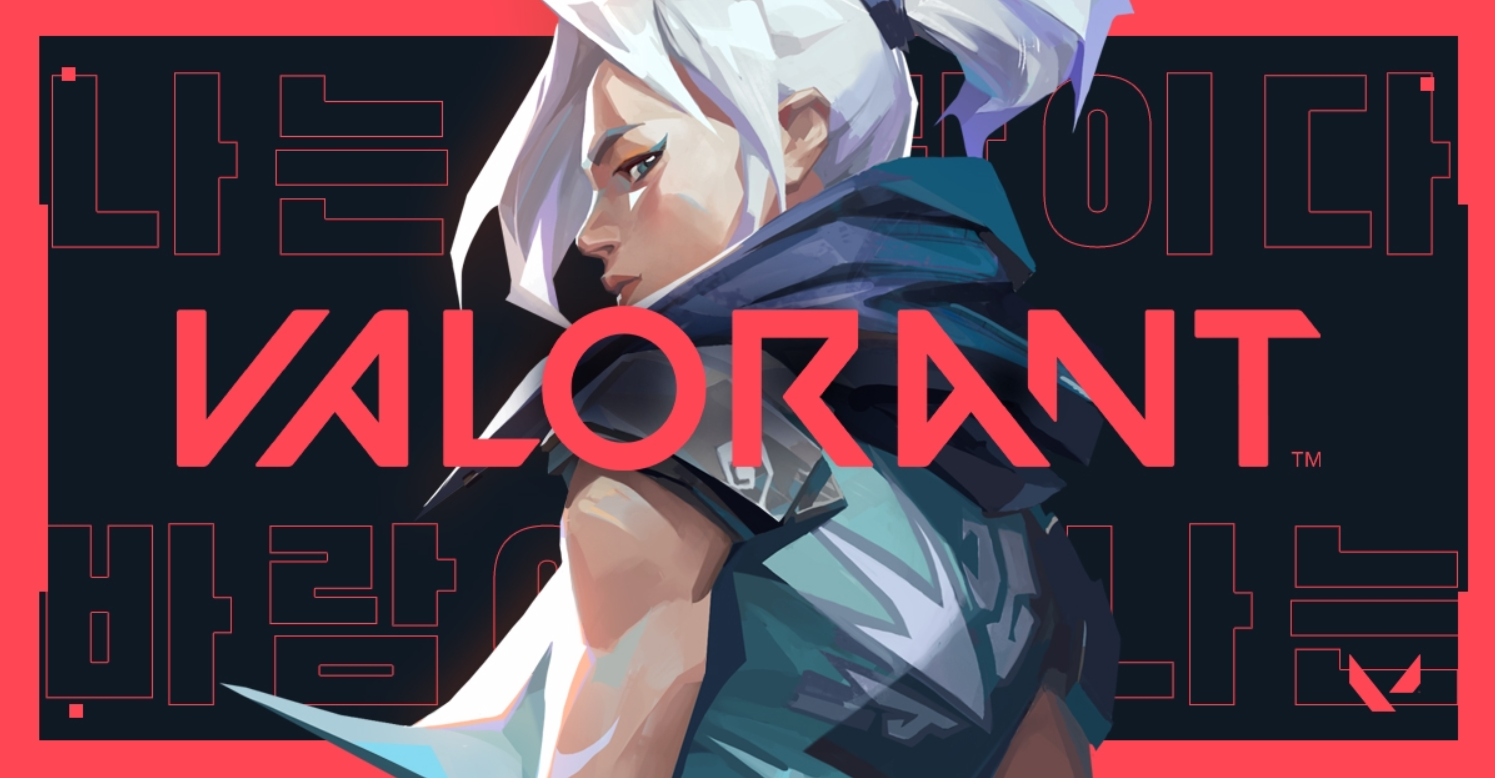



Best Valorant Settings For High Fps And Ultimate Performance




How To Enable Ultra Low Latency Mode For Nvidia Graphics
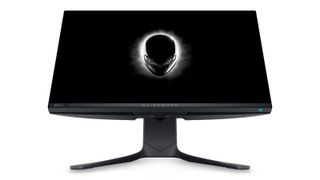



Nvidia Reflex Latency Analyzer Tested Ultra Low Latency Gaming Tom S Hardware
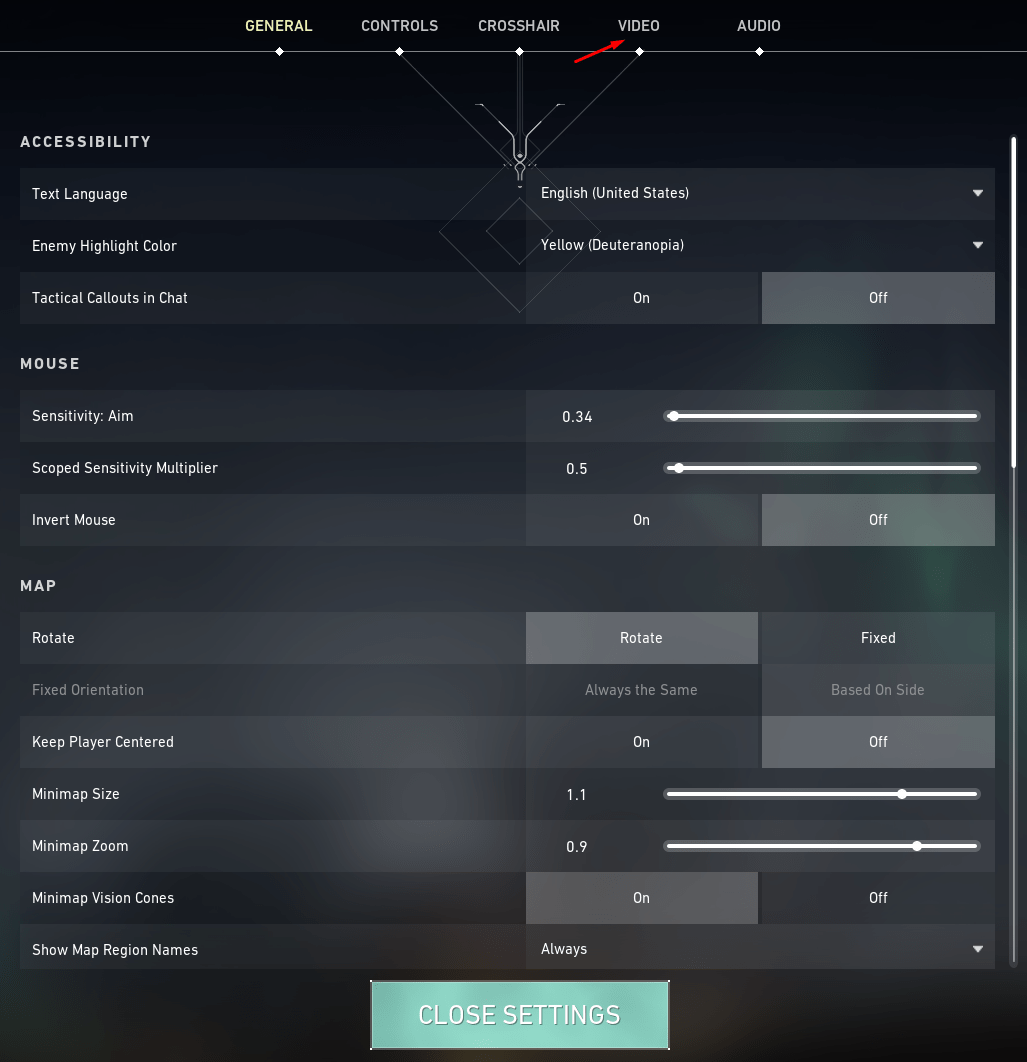



How To Increase Fps In Valorant 21
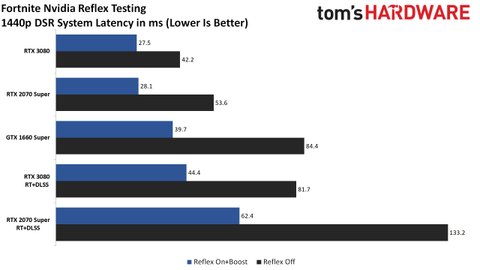



Nvidia Reflex Latency Analyzer Tested Ultra Low Latency Gaming Tom S Hardware
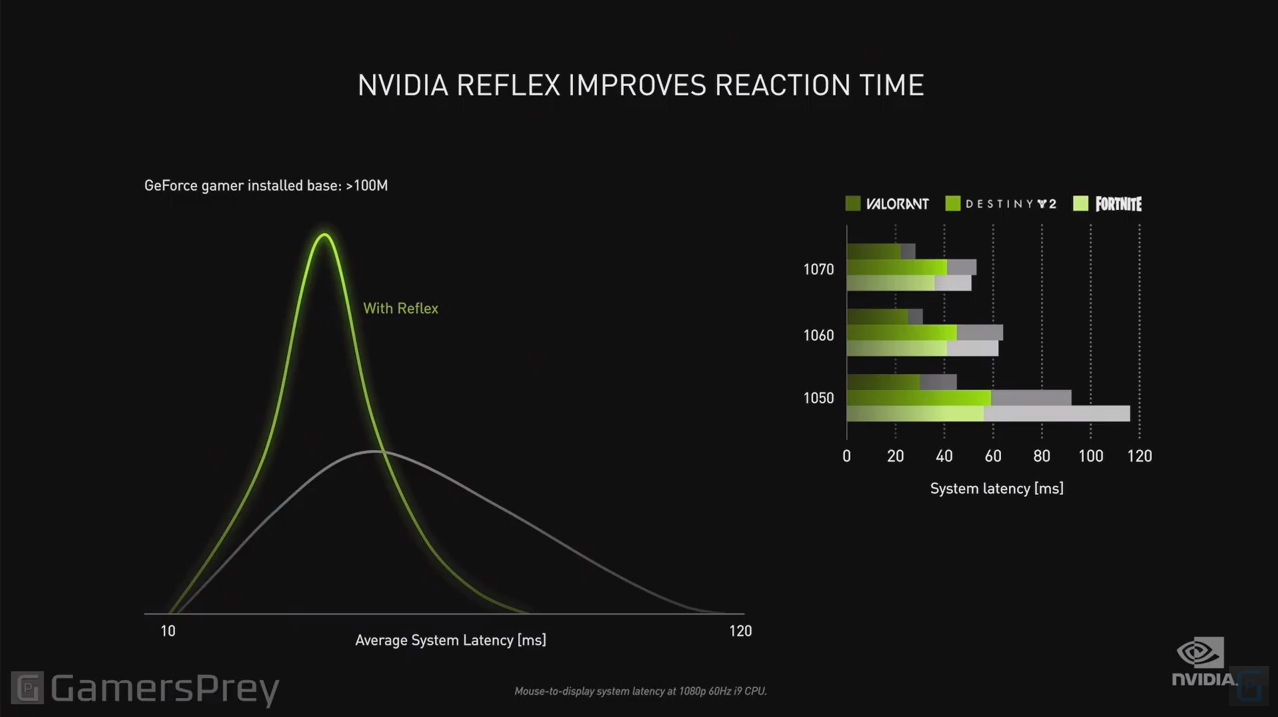



Nvidia Reflex Guru3d Forums




How To Enable Nvidia Reflex Valorant New Update Low Latency Performance Test Youtube
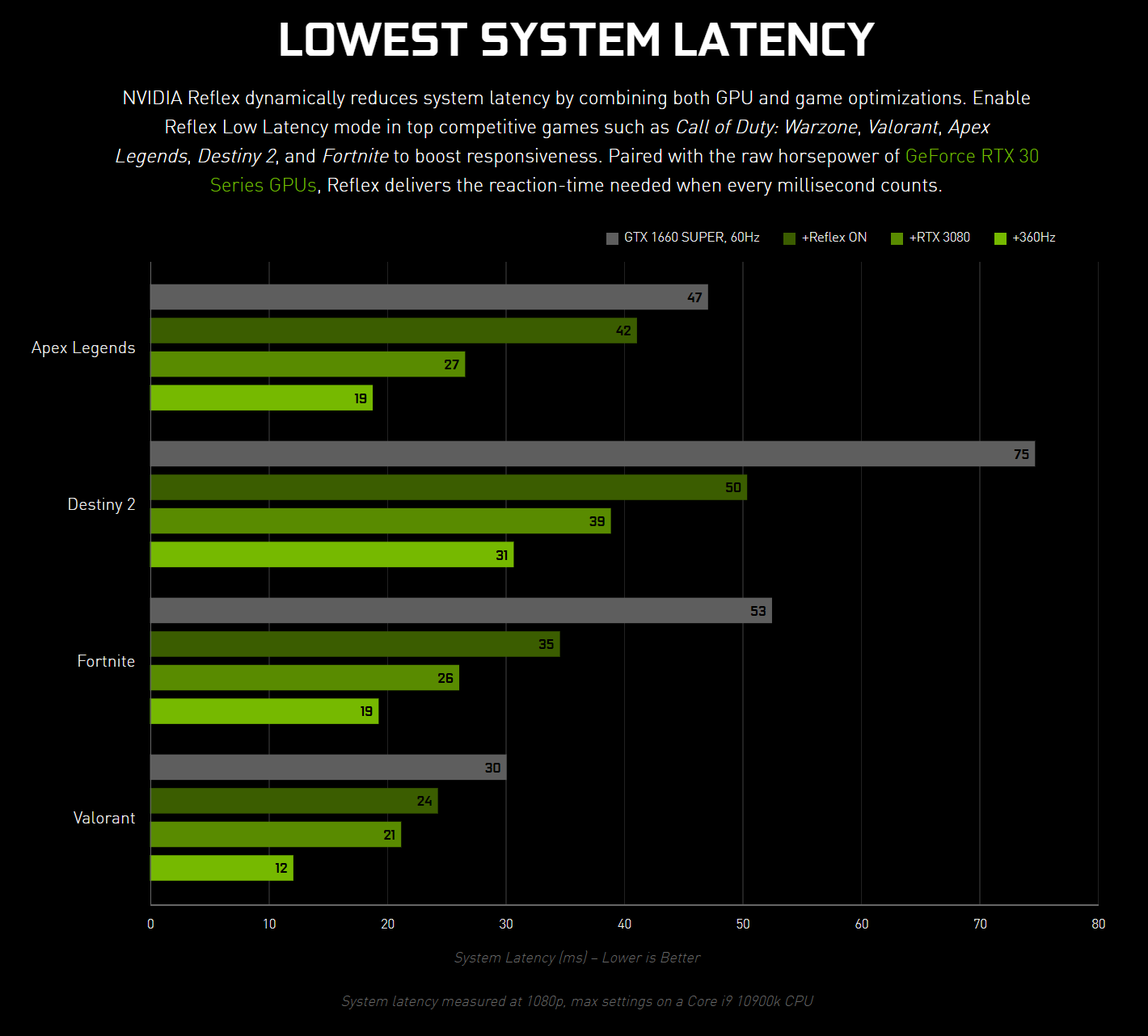



Nvidia Reflex Latency Analyzer Preview Very Best Tool For Esports Tweaktown




Valorant Critical Error Fix Error 43 Client Timeout Error Error Val 9 Game Stuck At Loading Screen Dx11 Feature Level 10 0 Required Crash At Startup Fix Respawnfirst




Nvidia Reflex Tested Low Latency Precision Gaming At 360hz Hothardware



0 件のコメント:
コメントを投稿